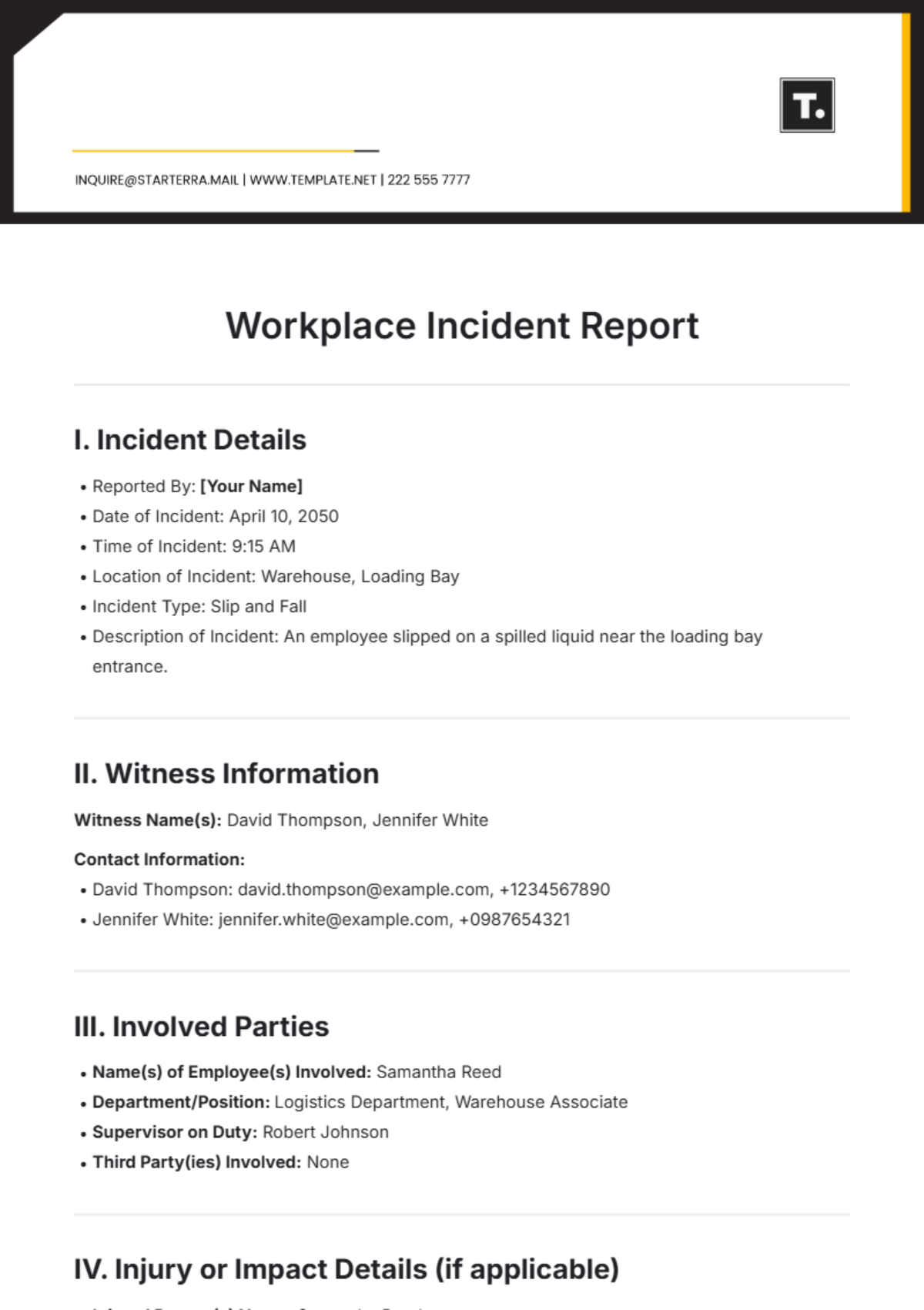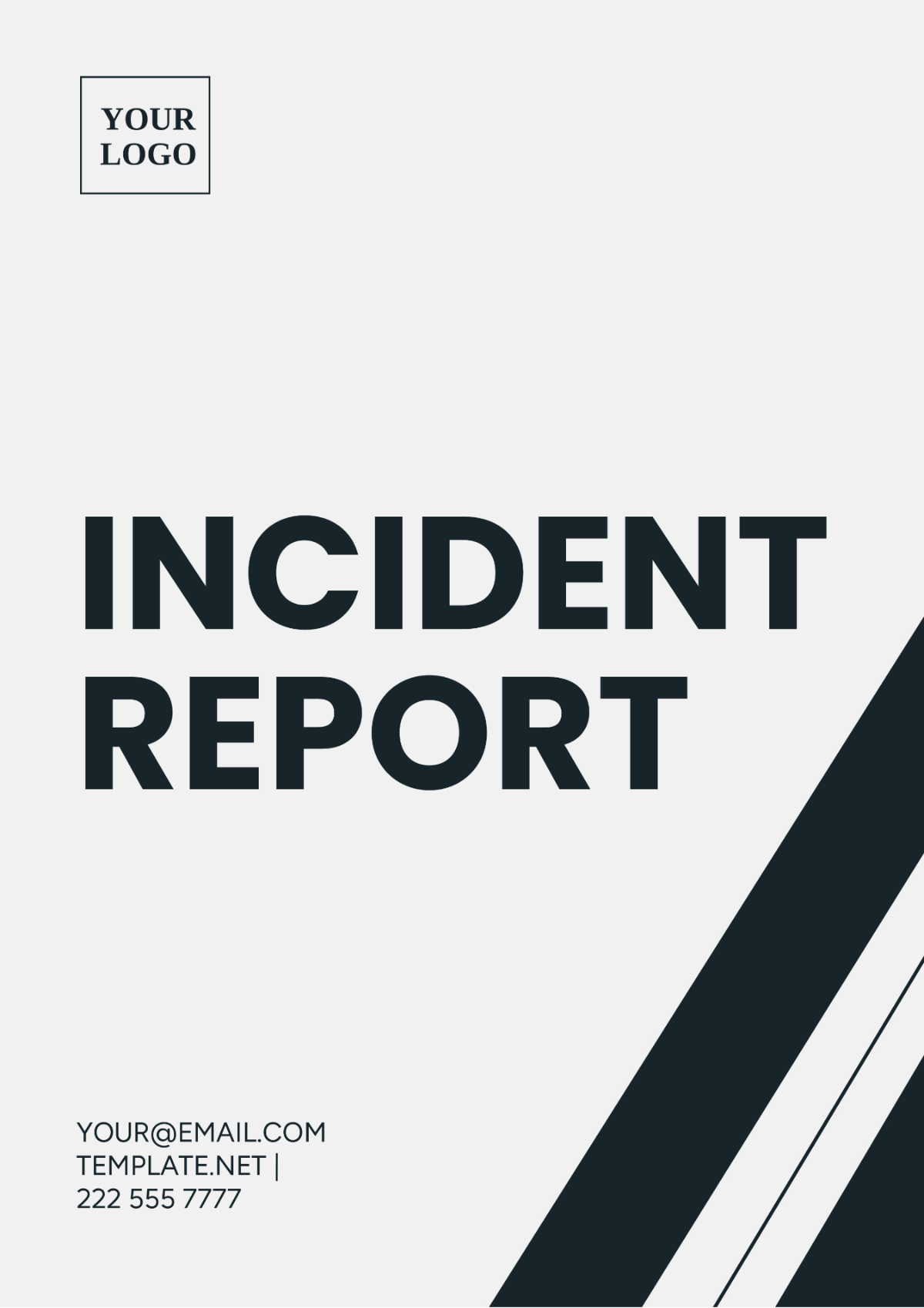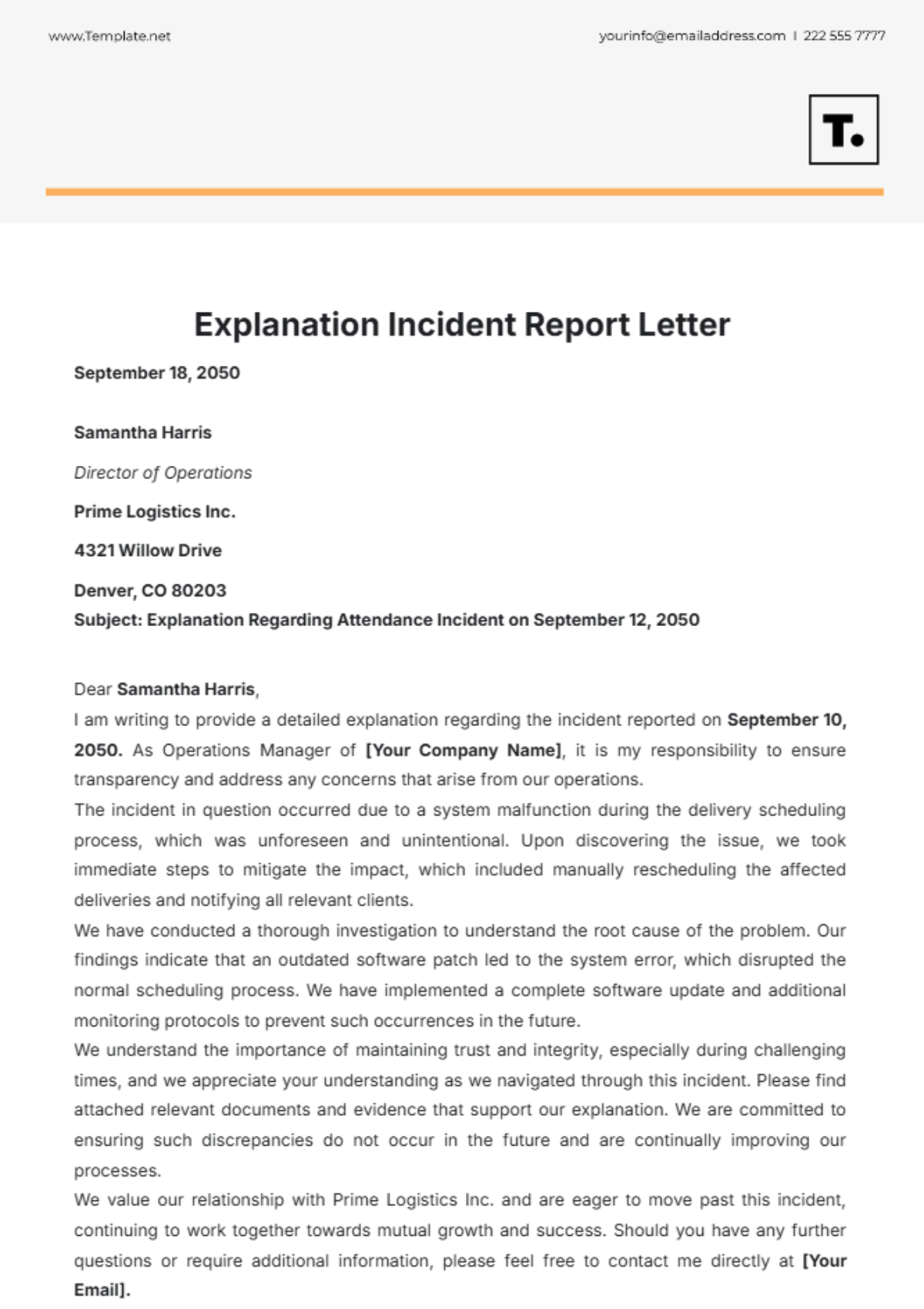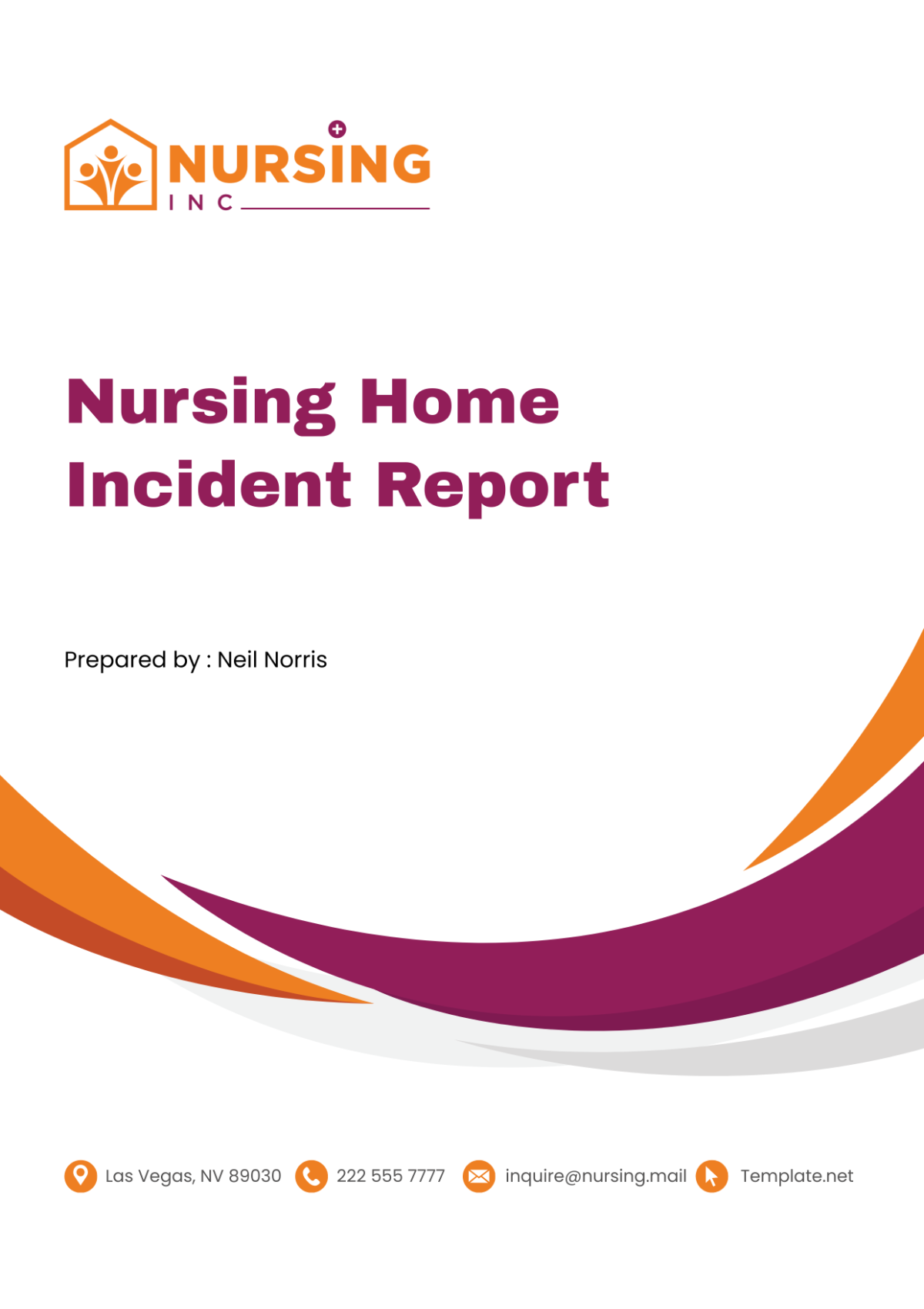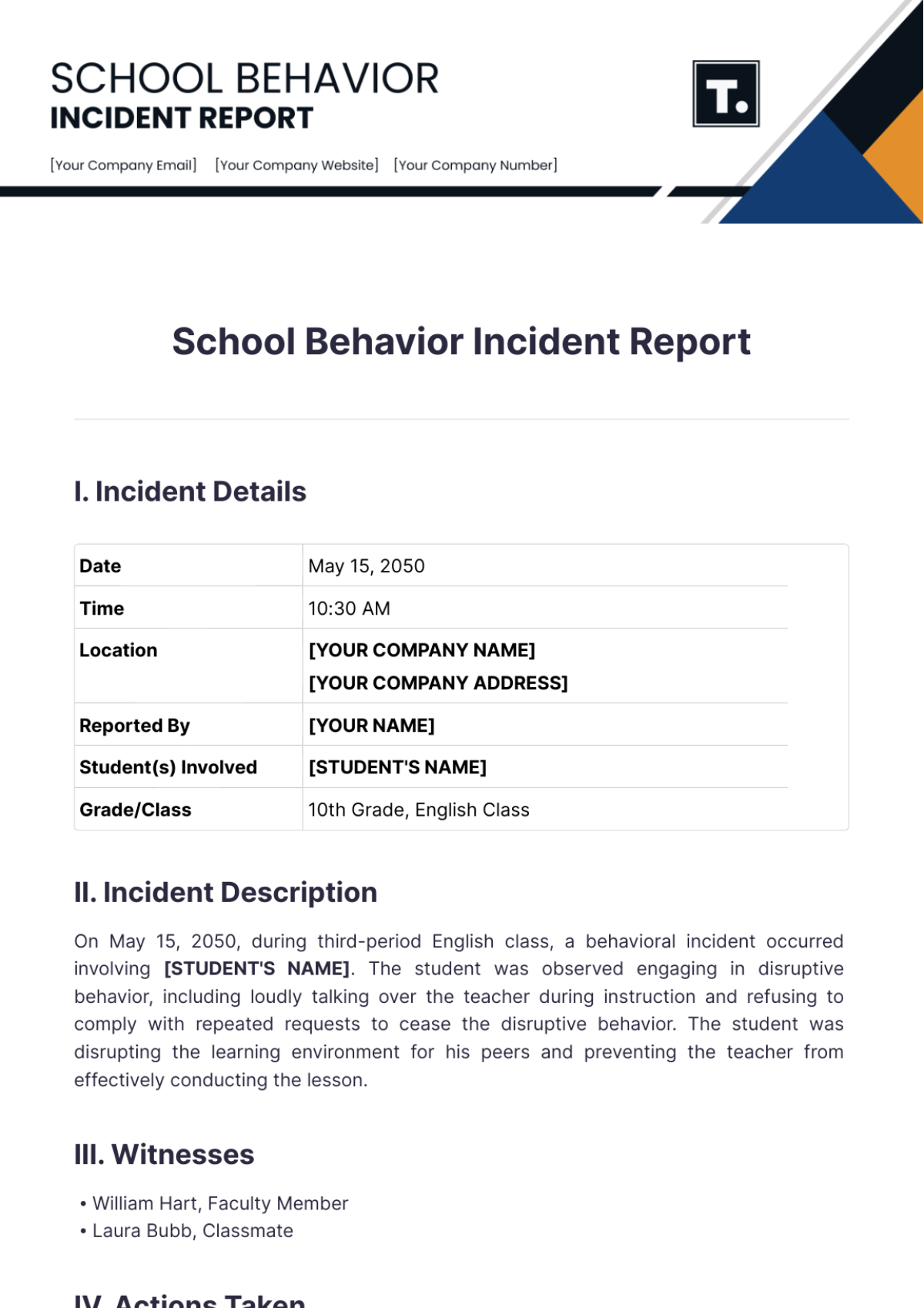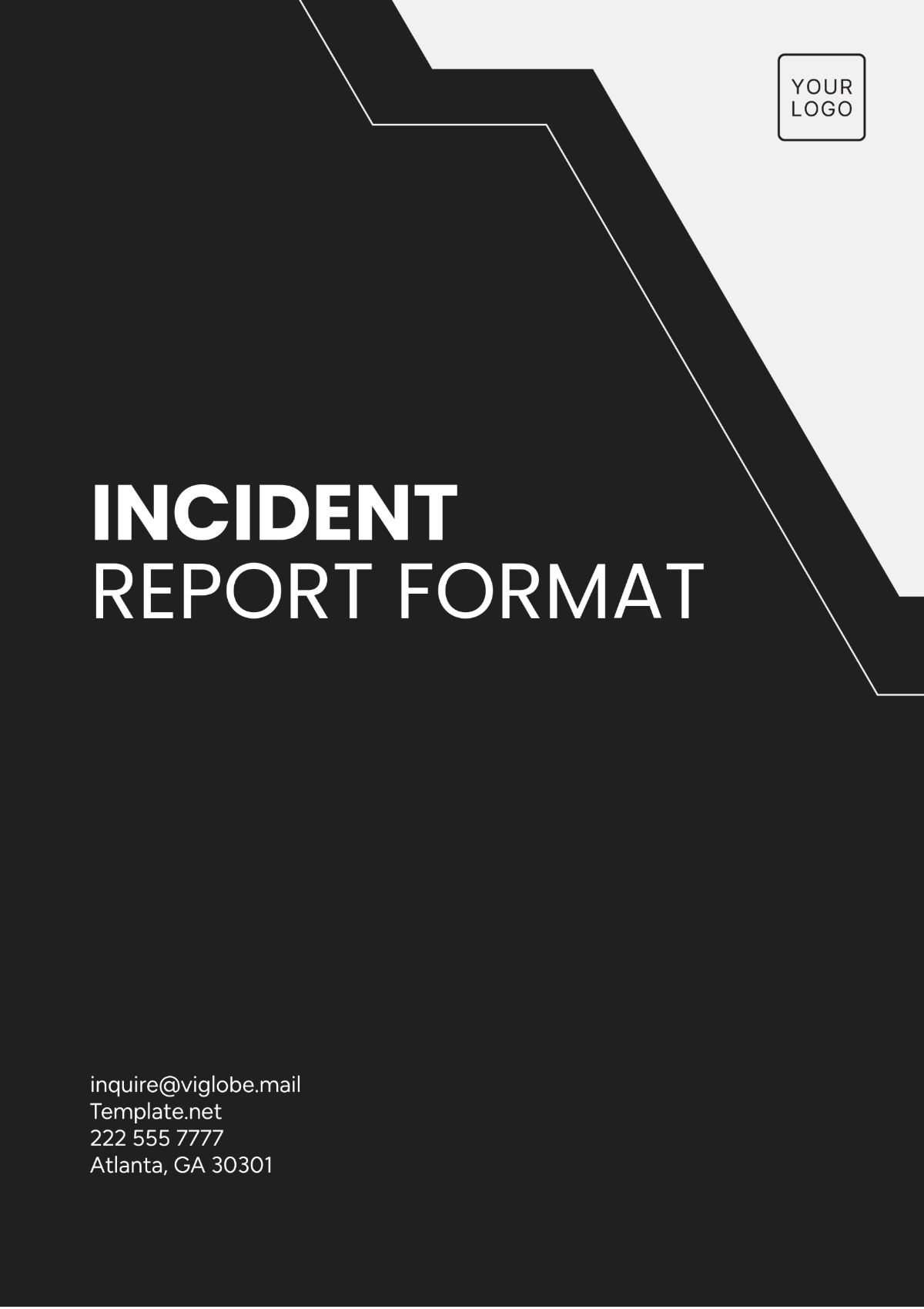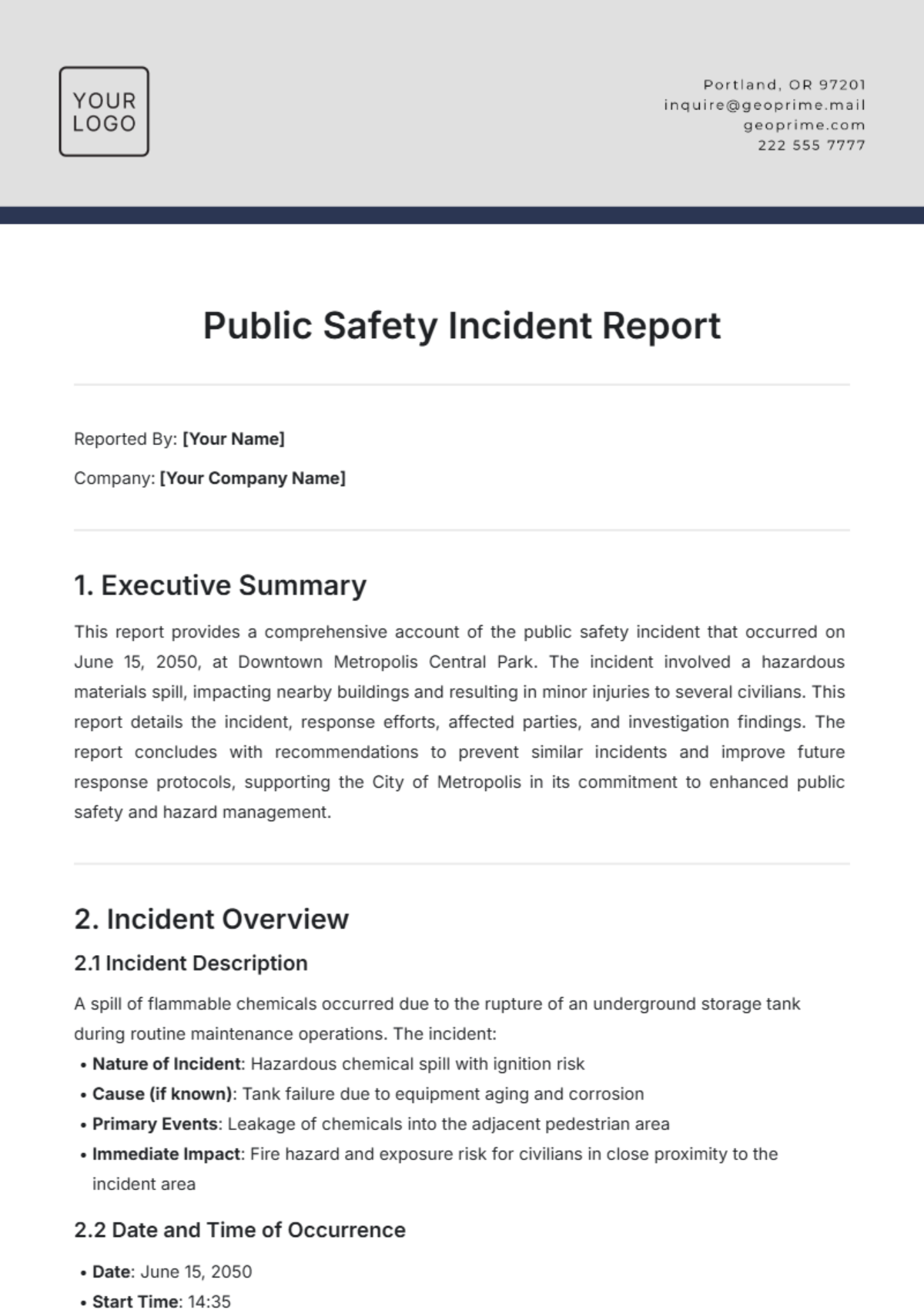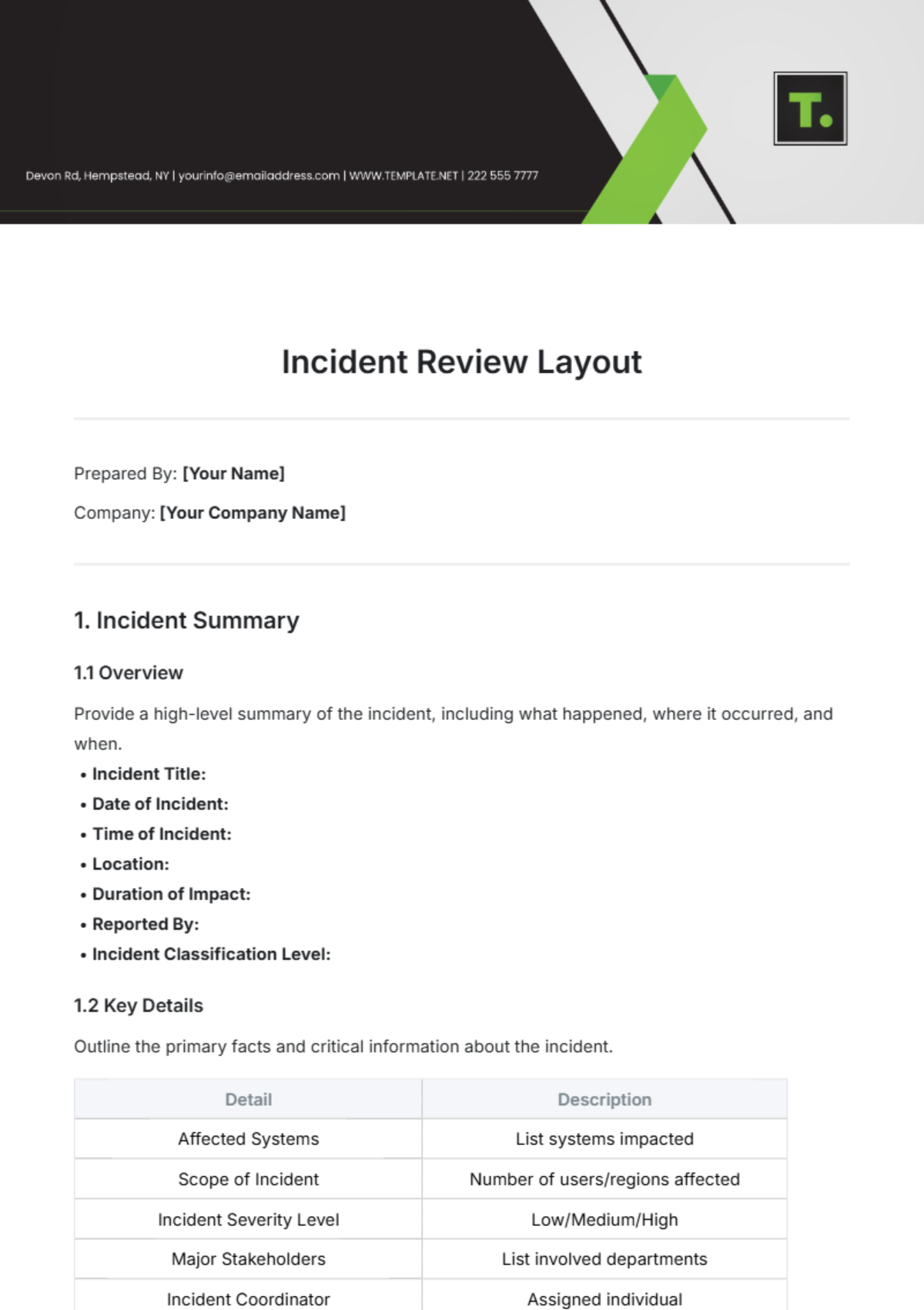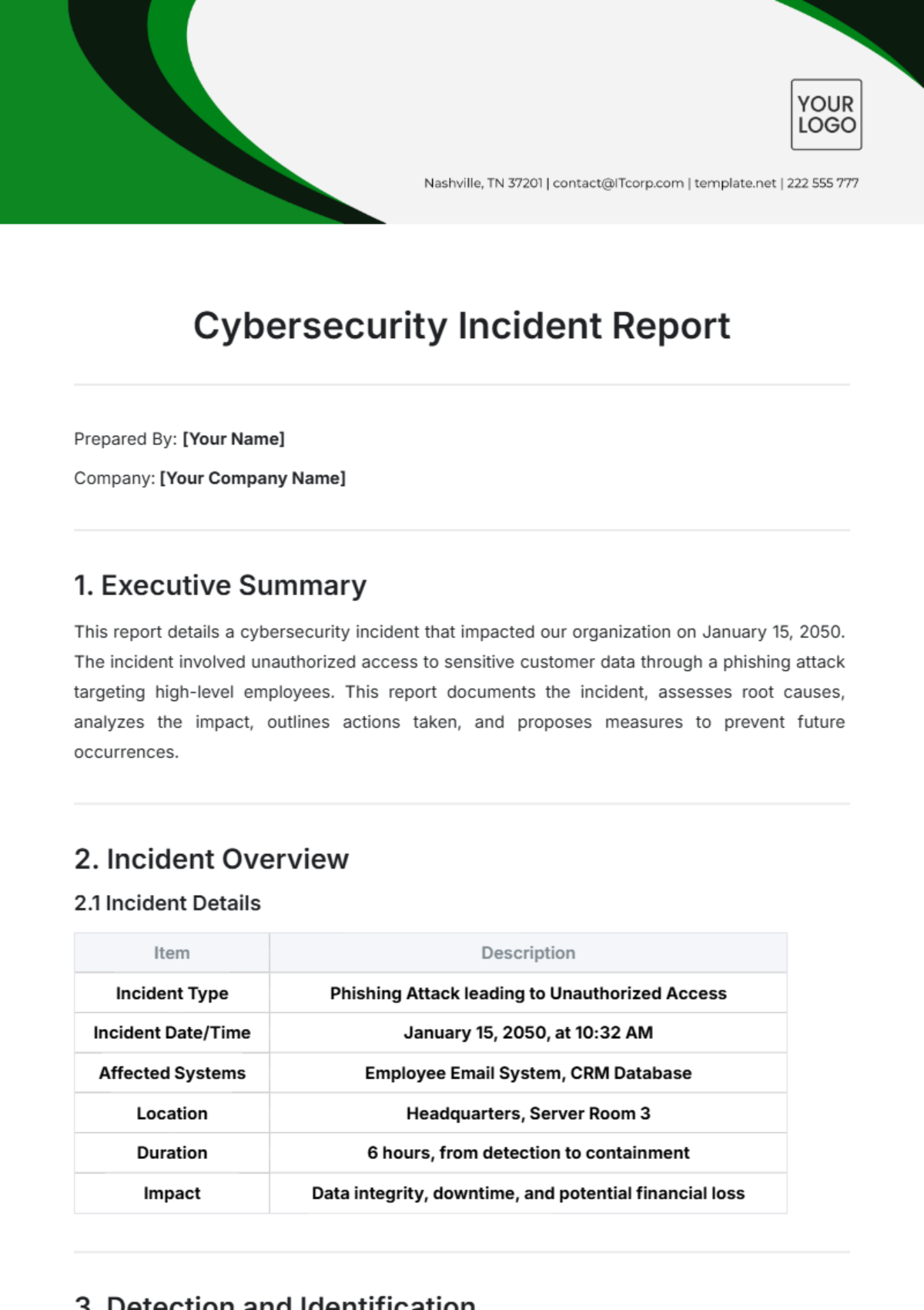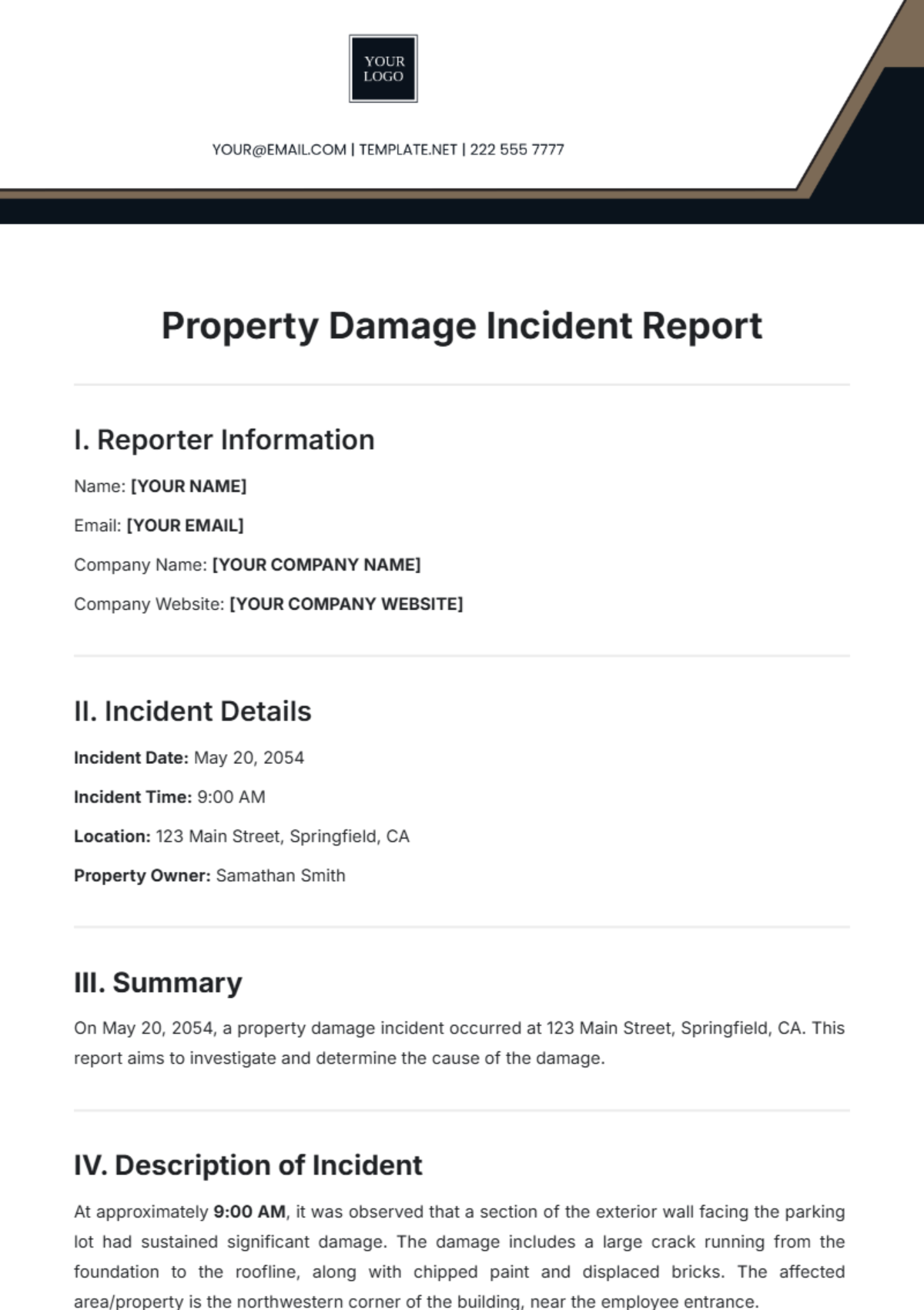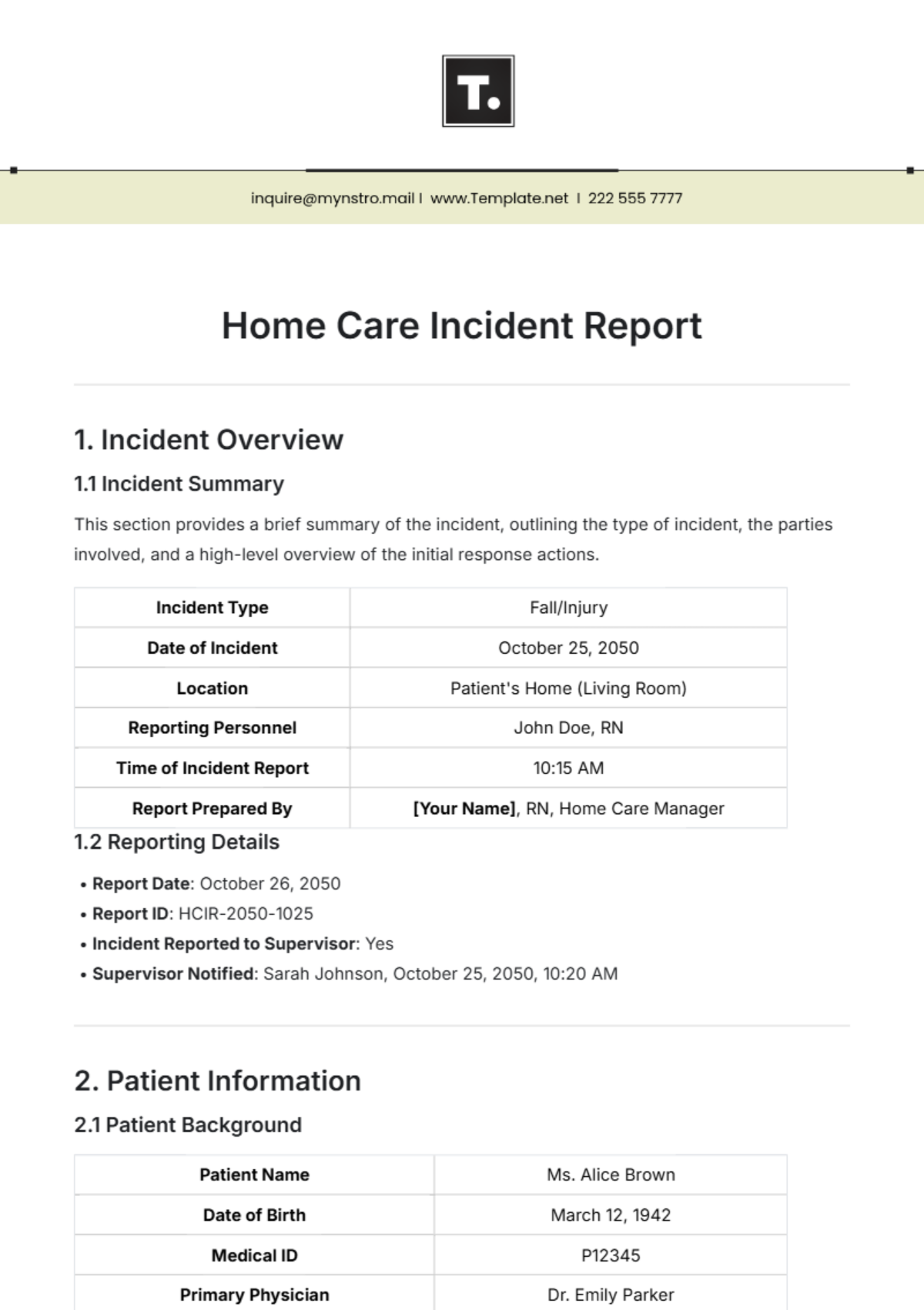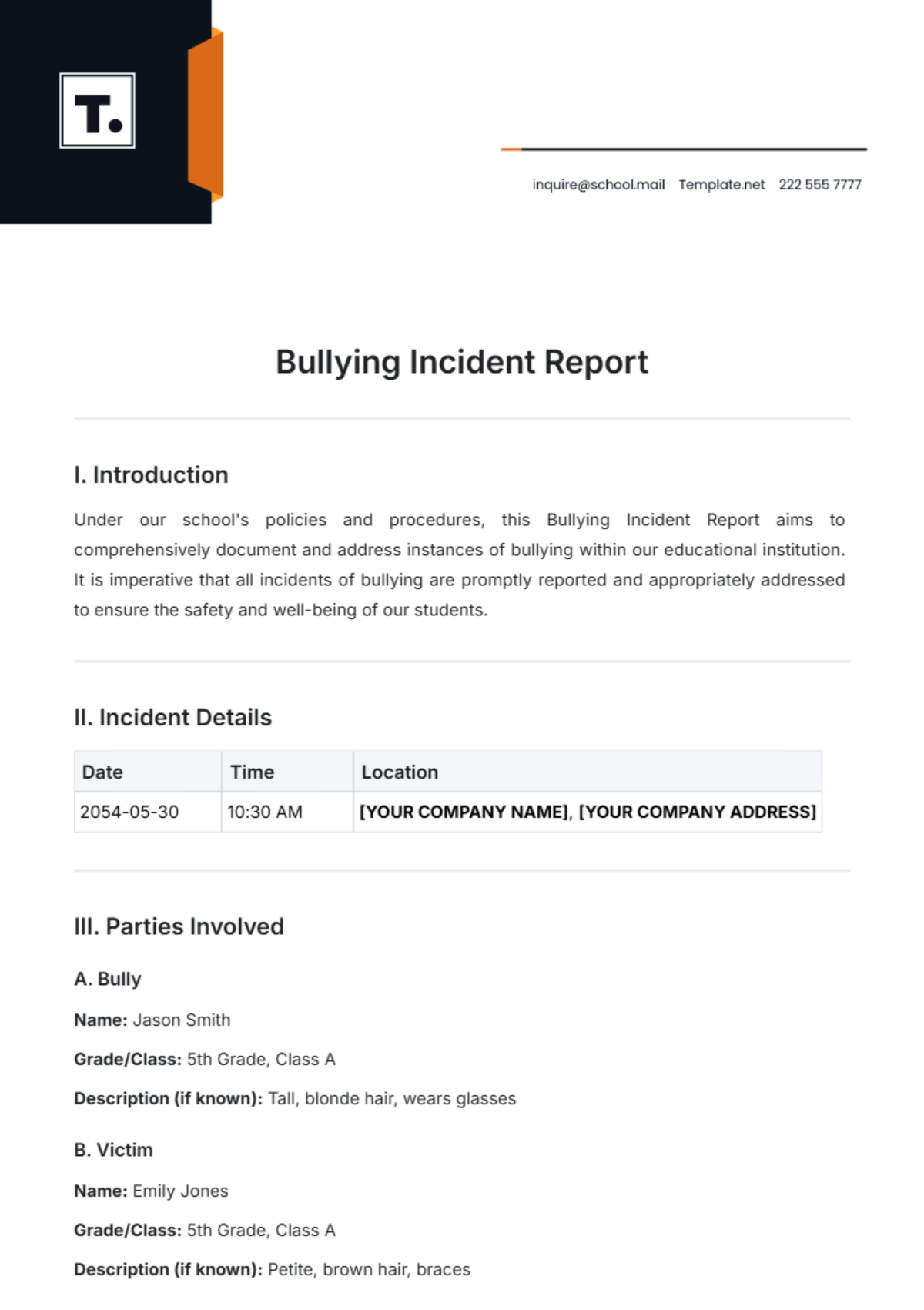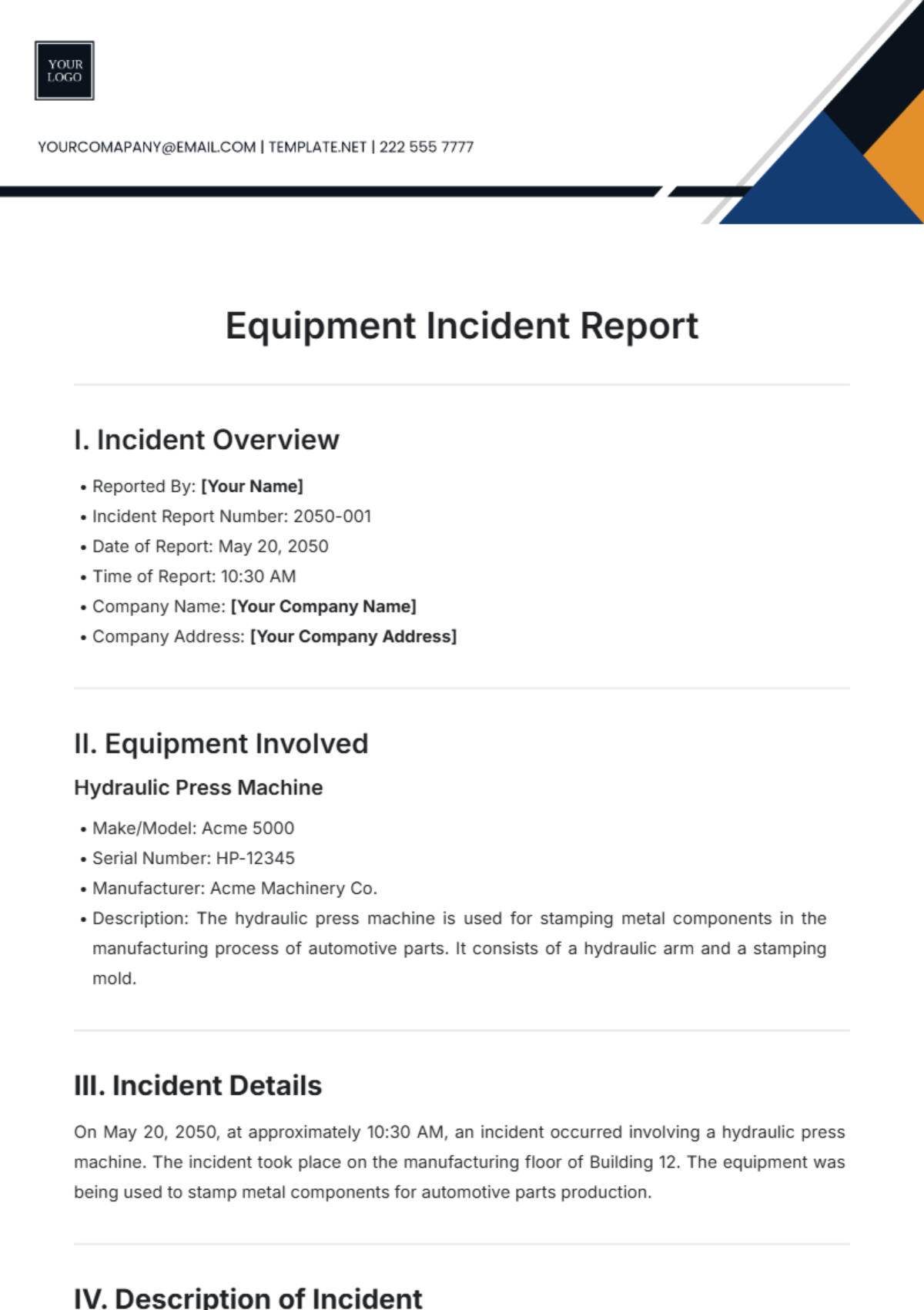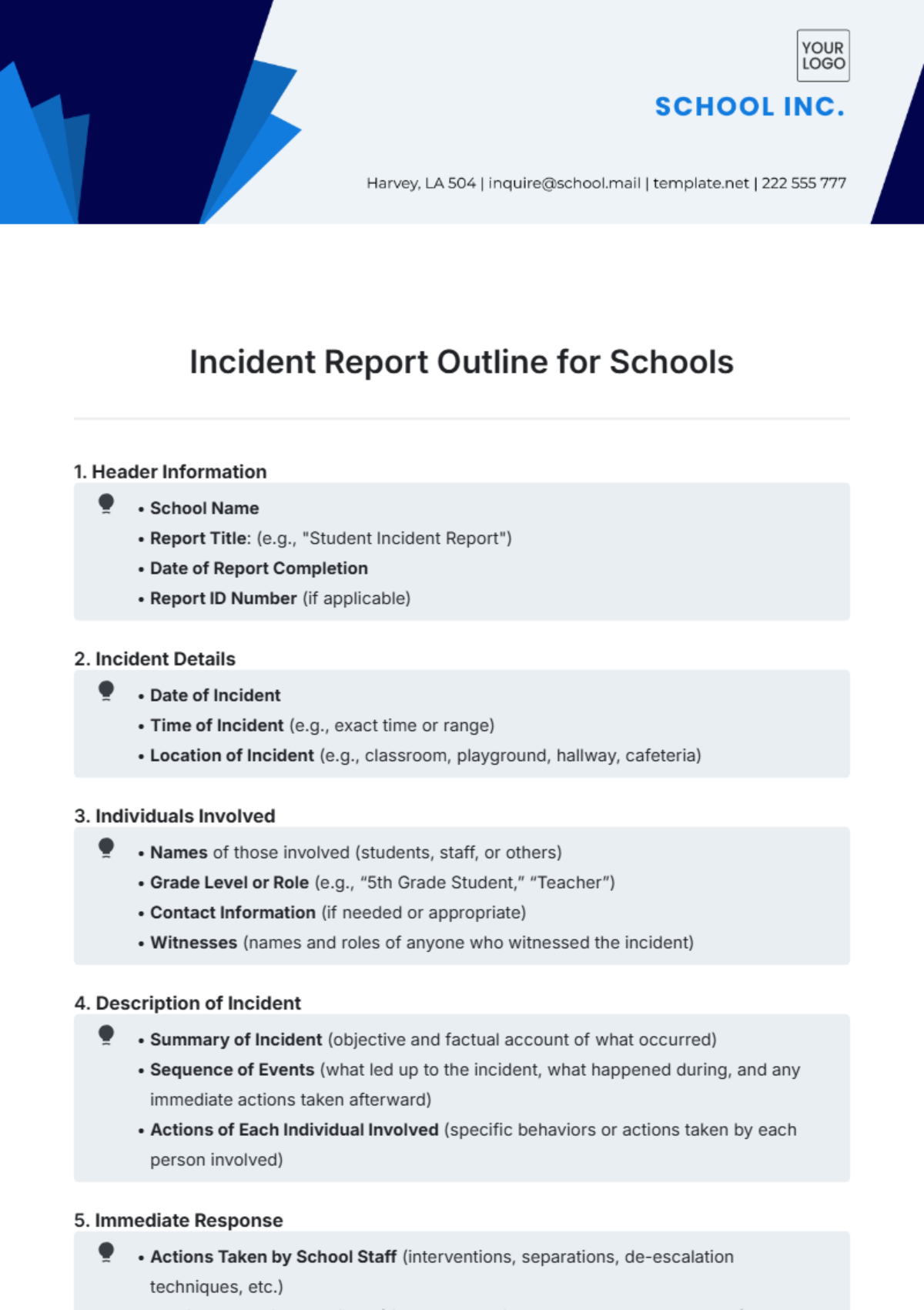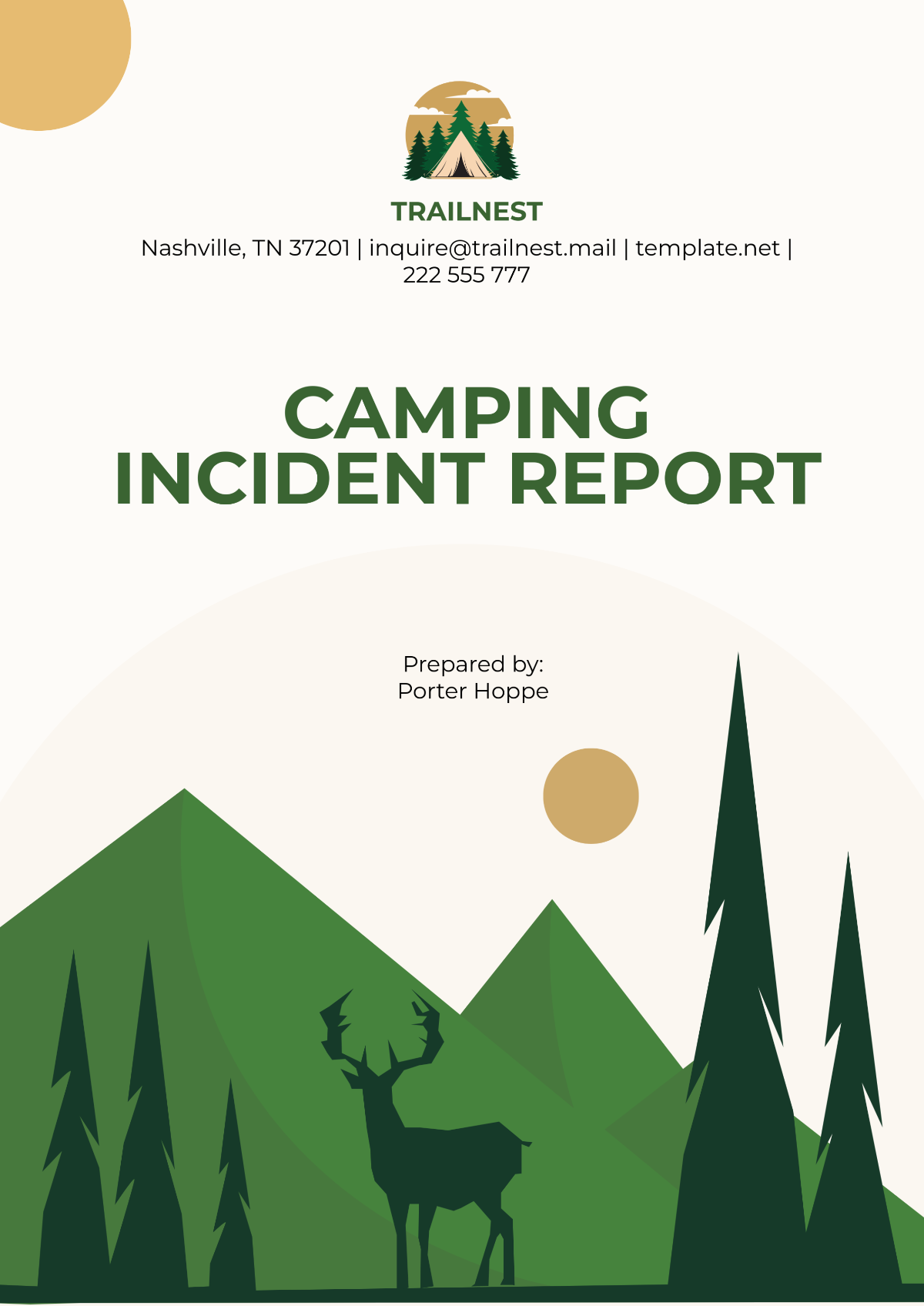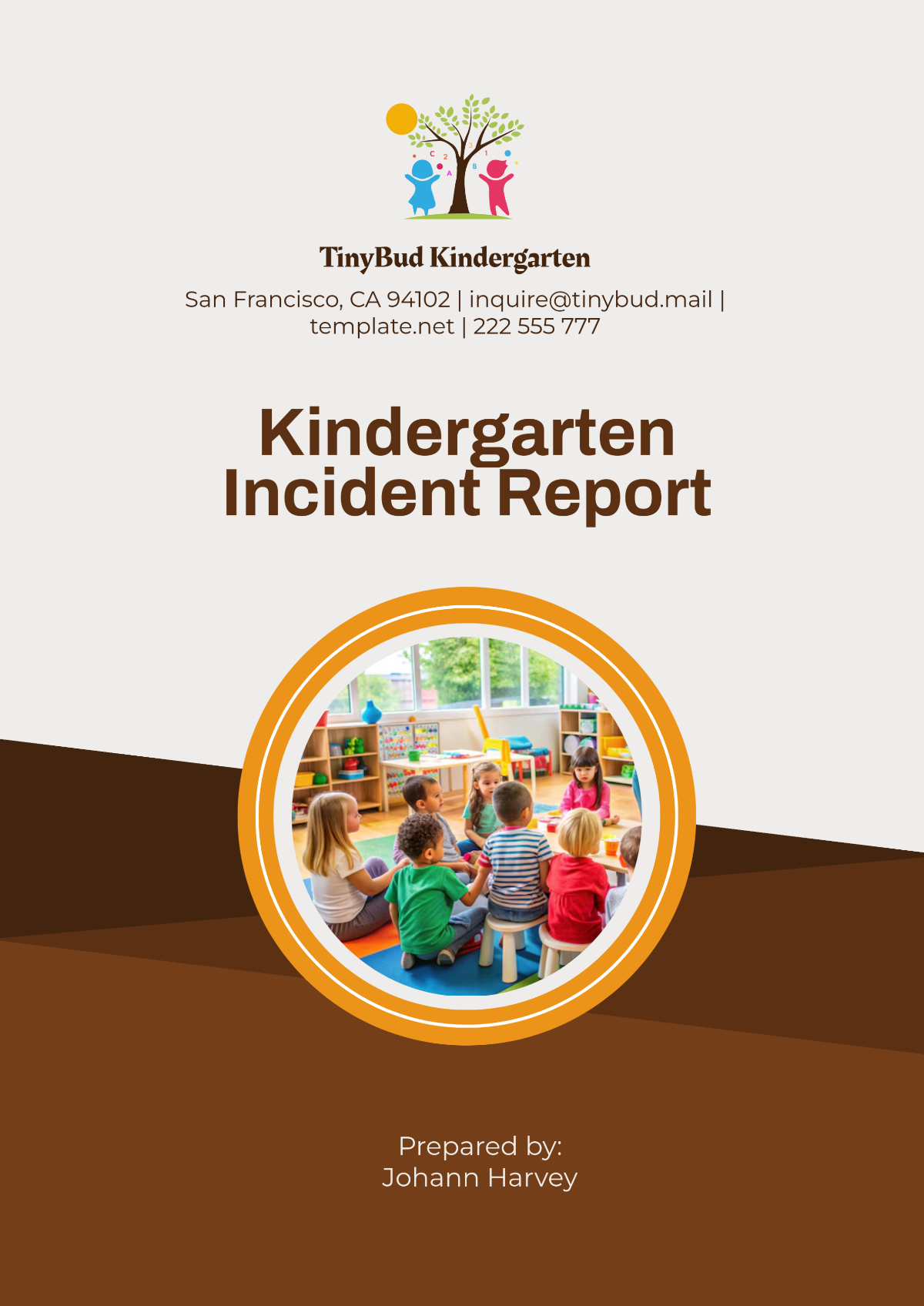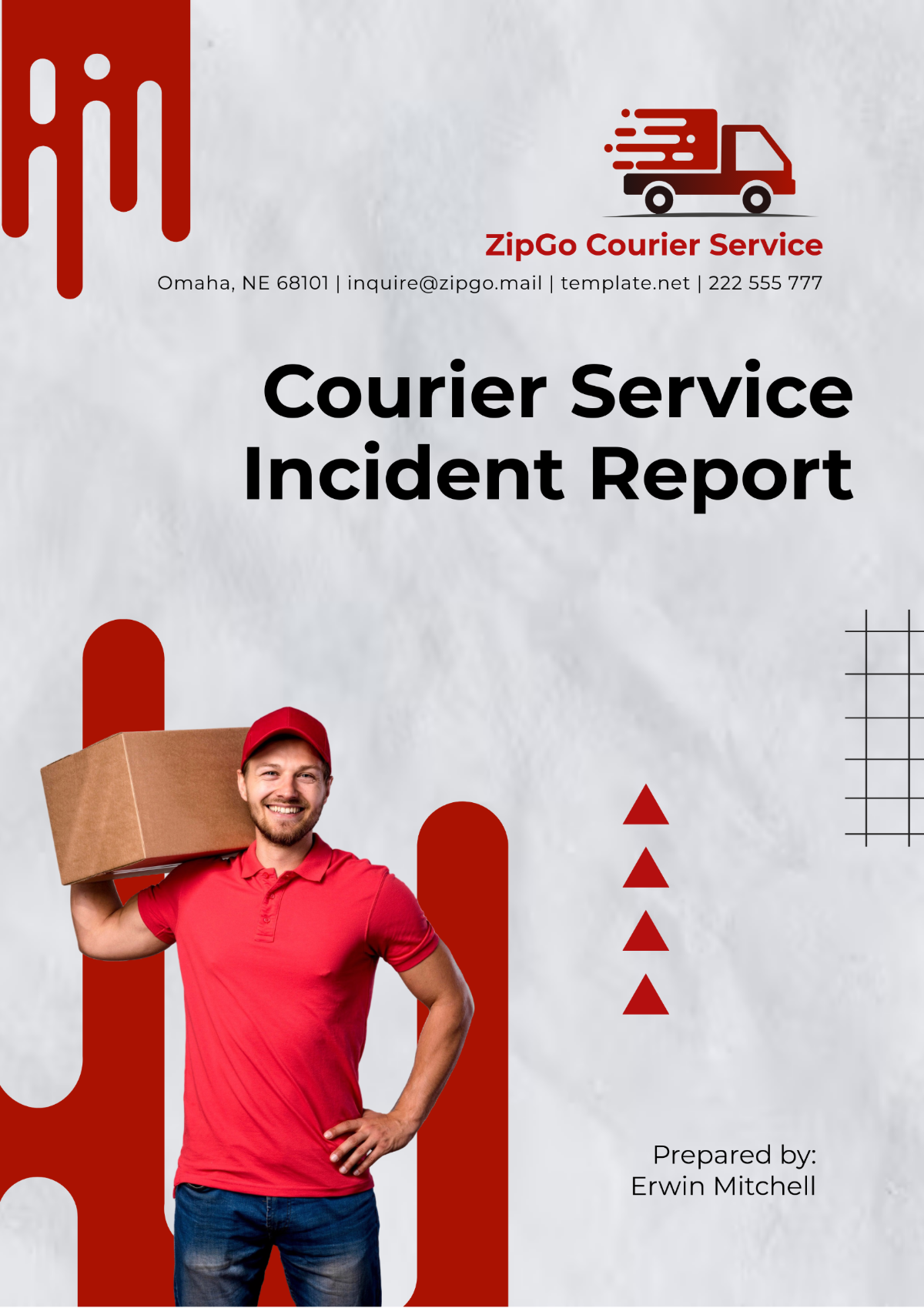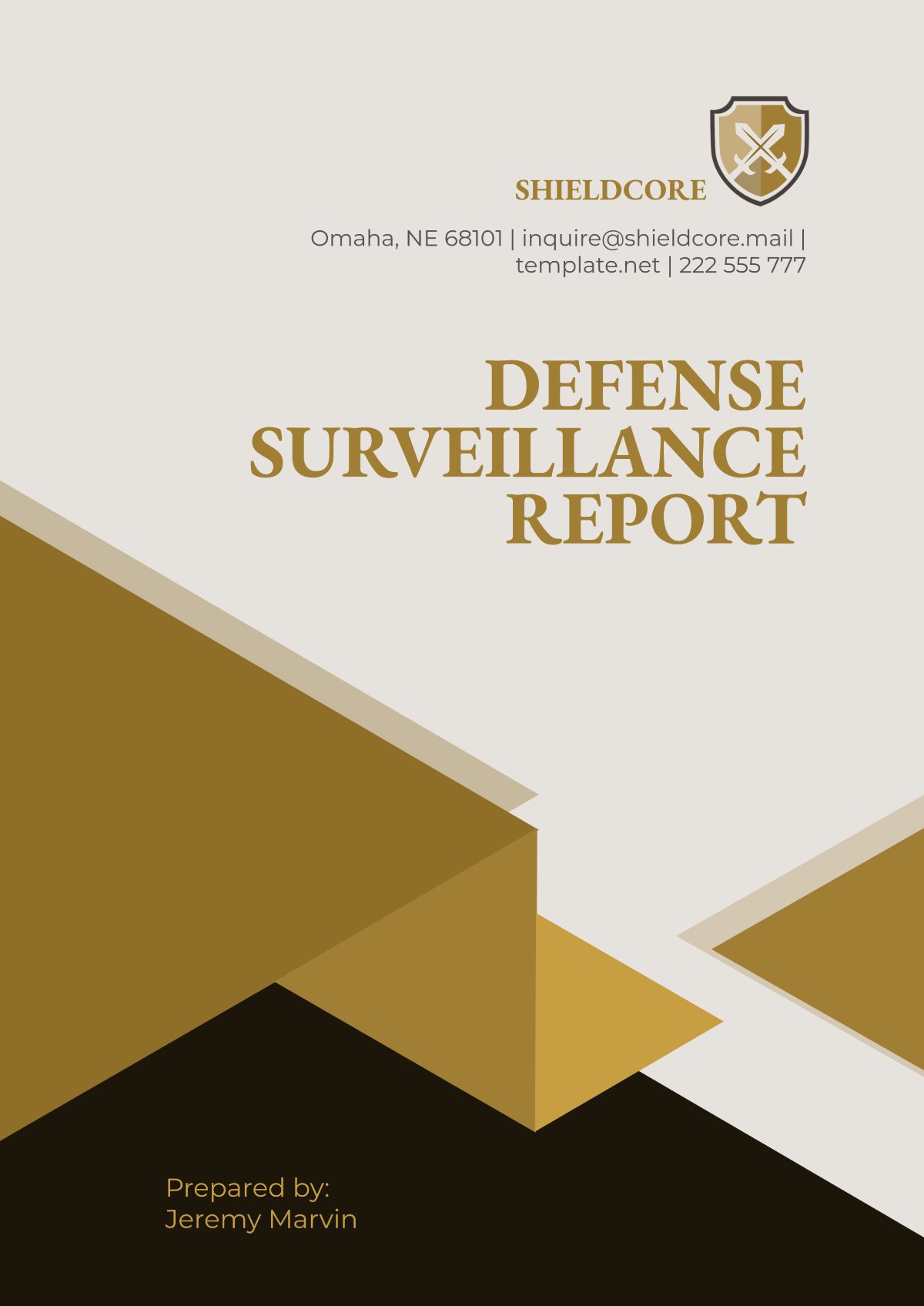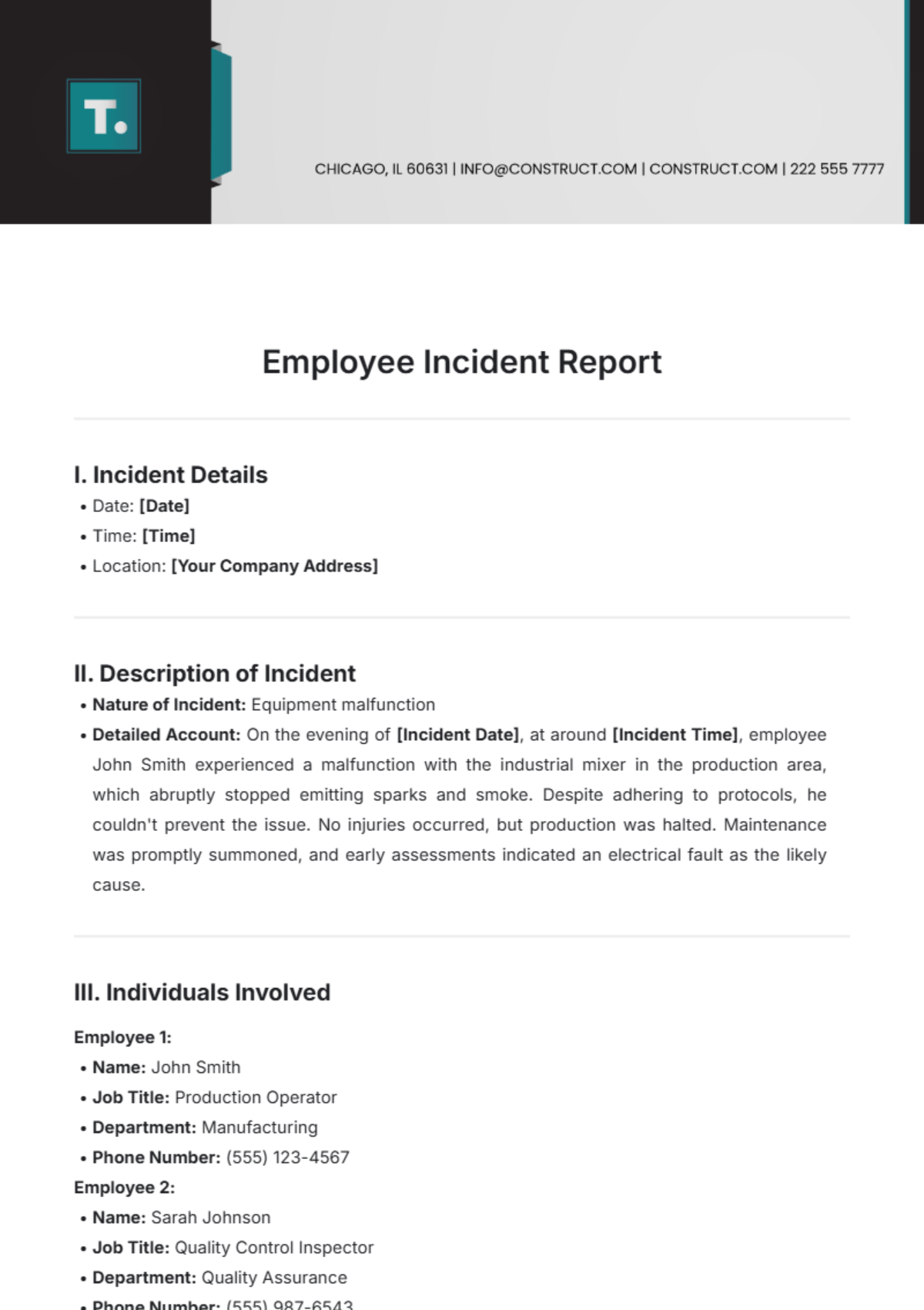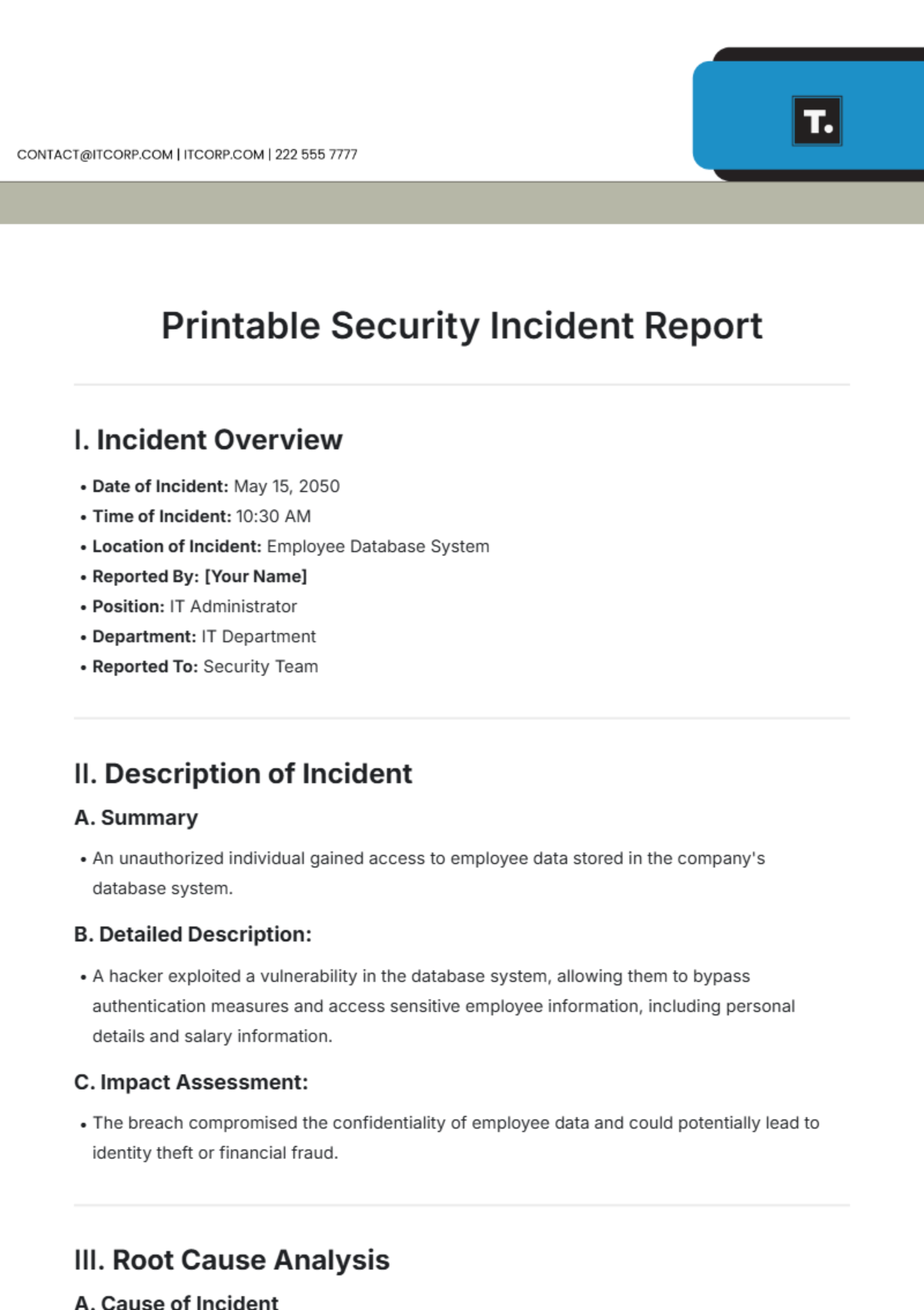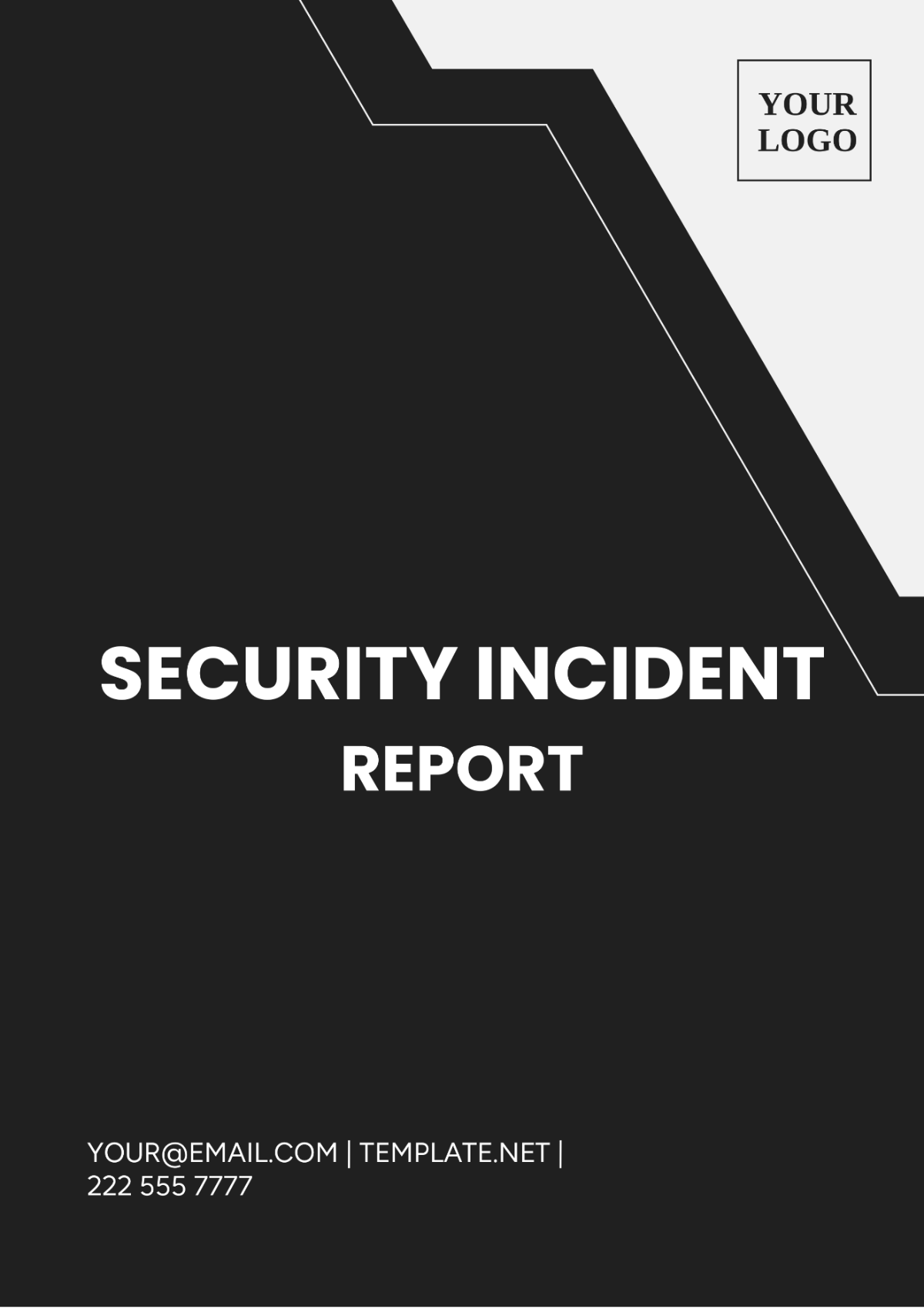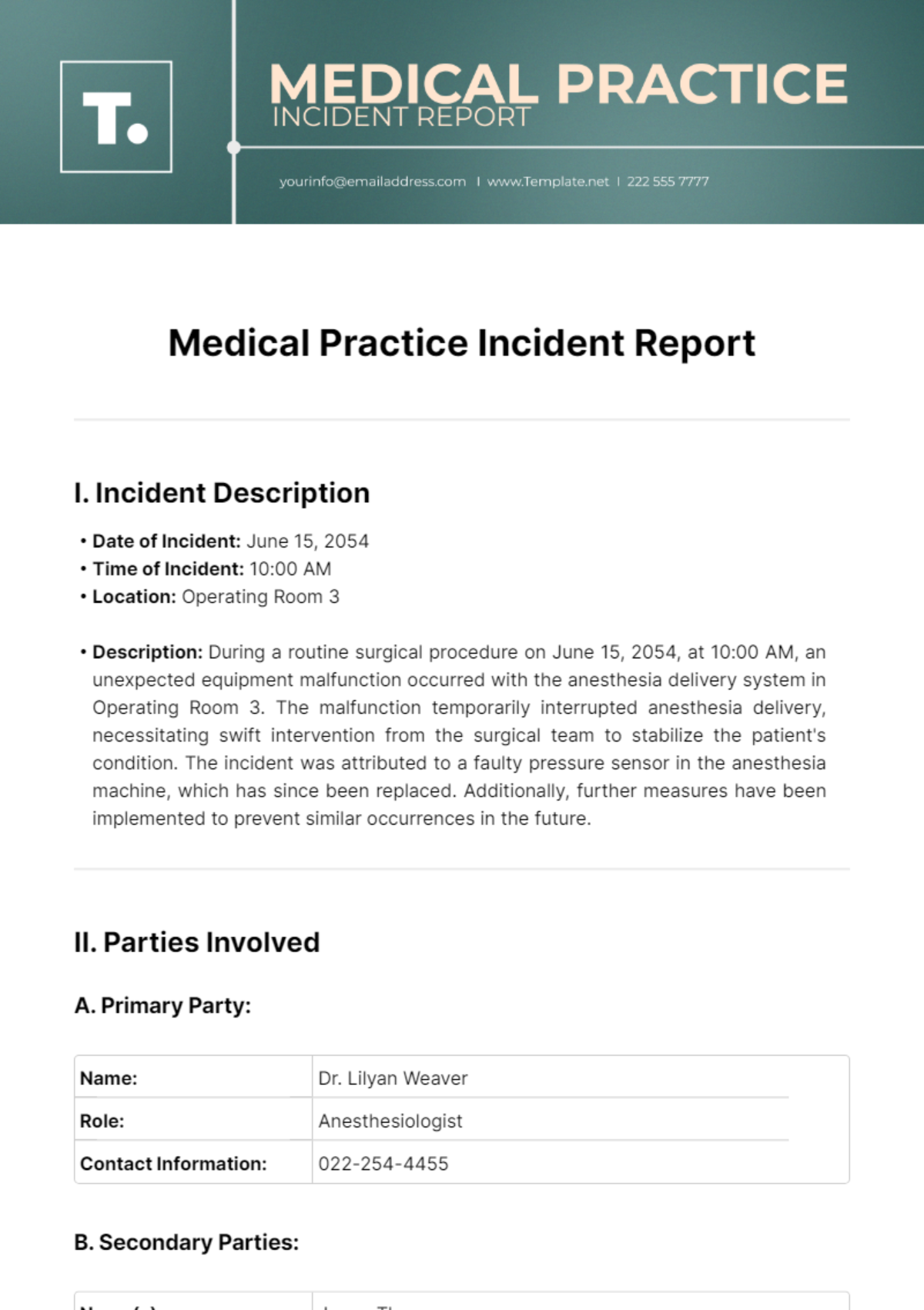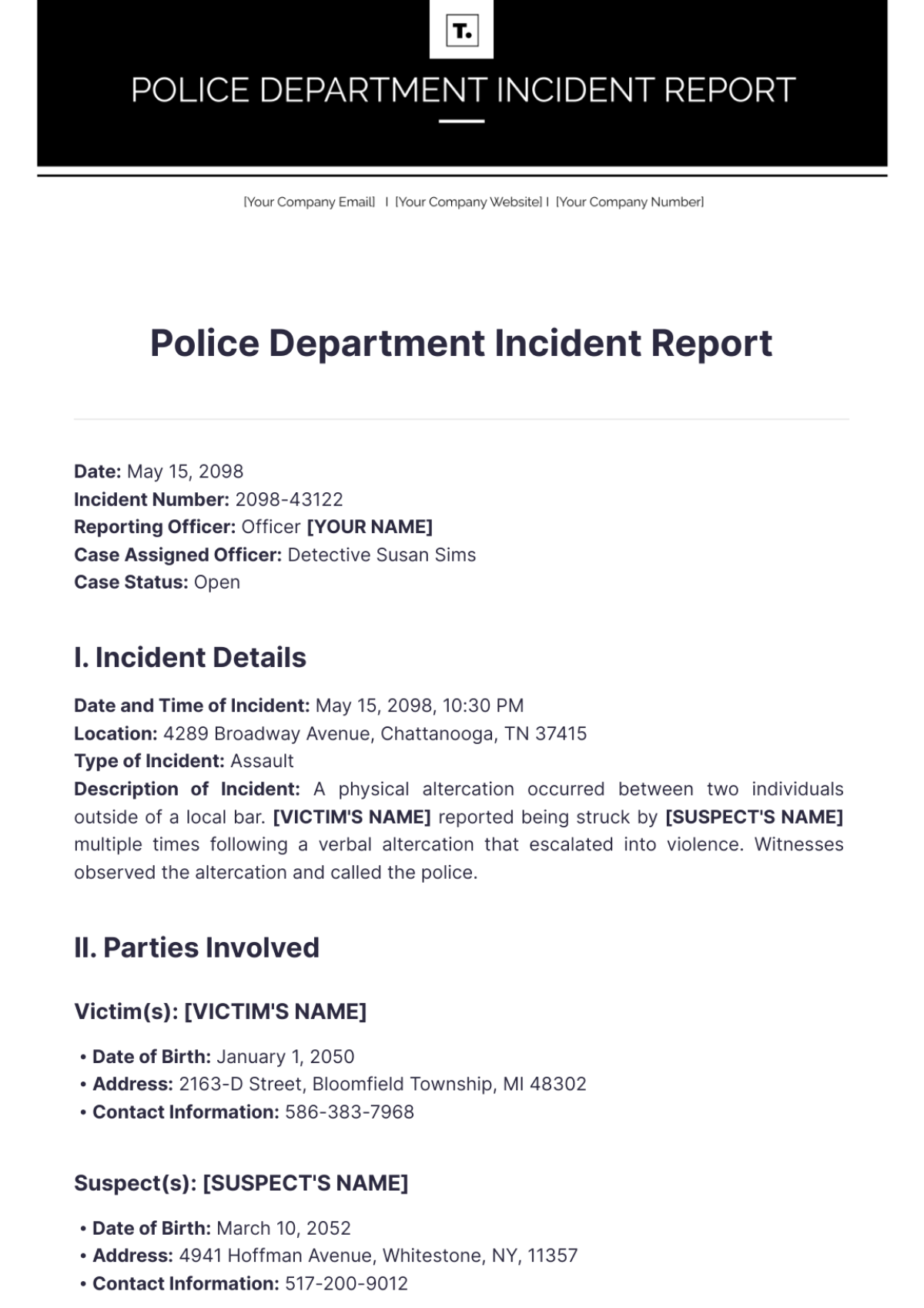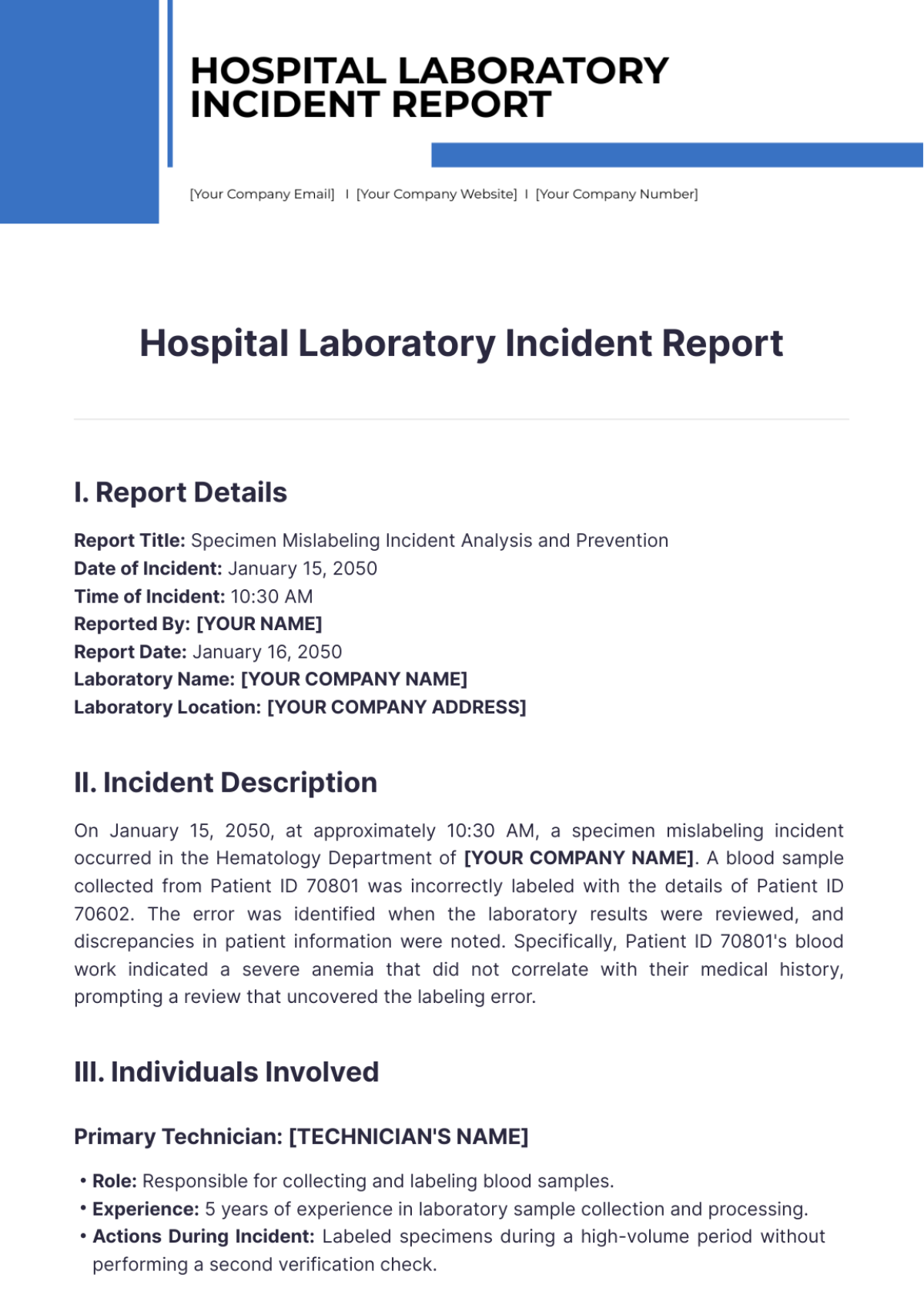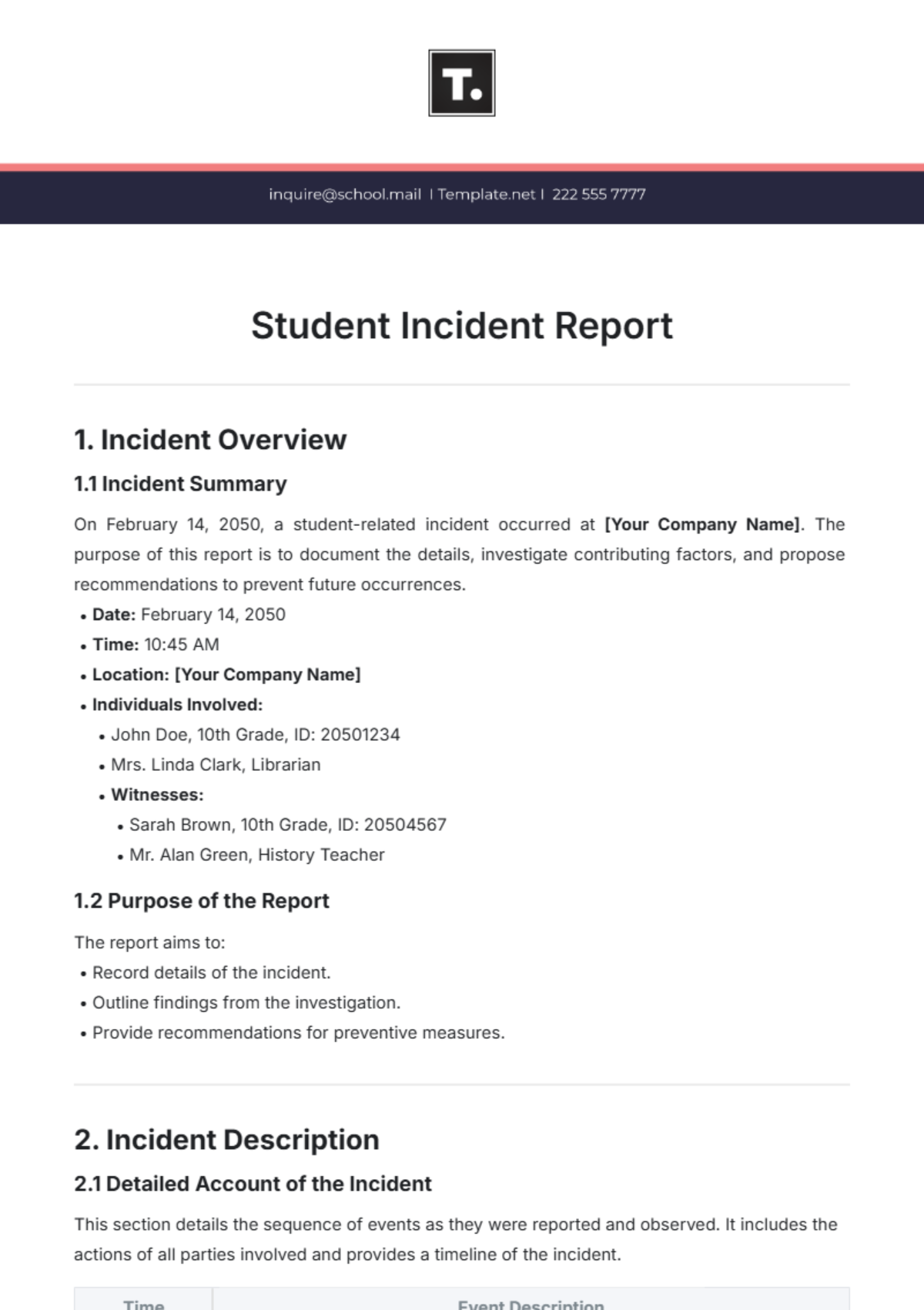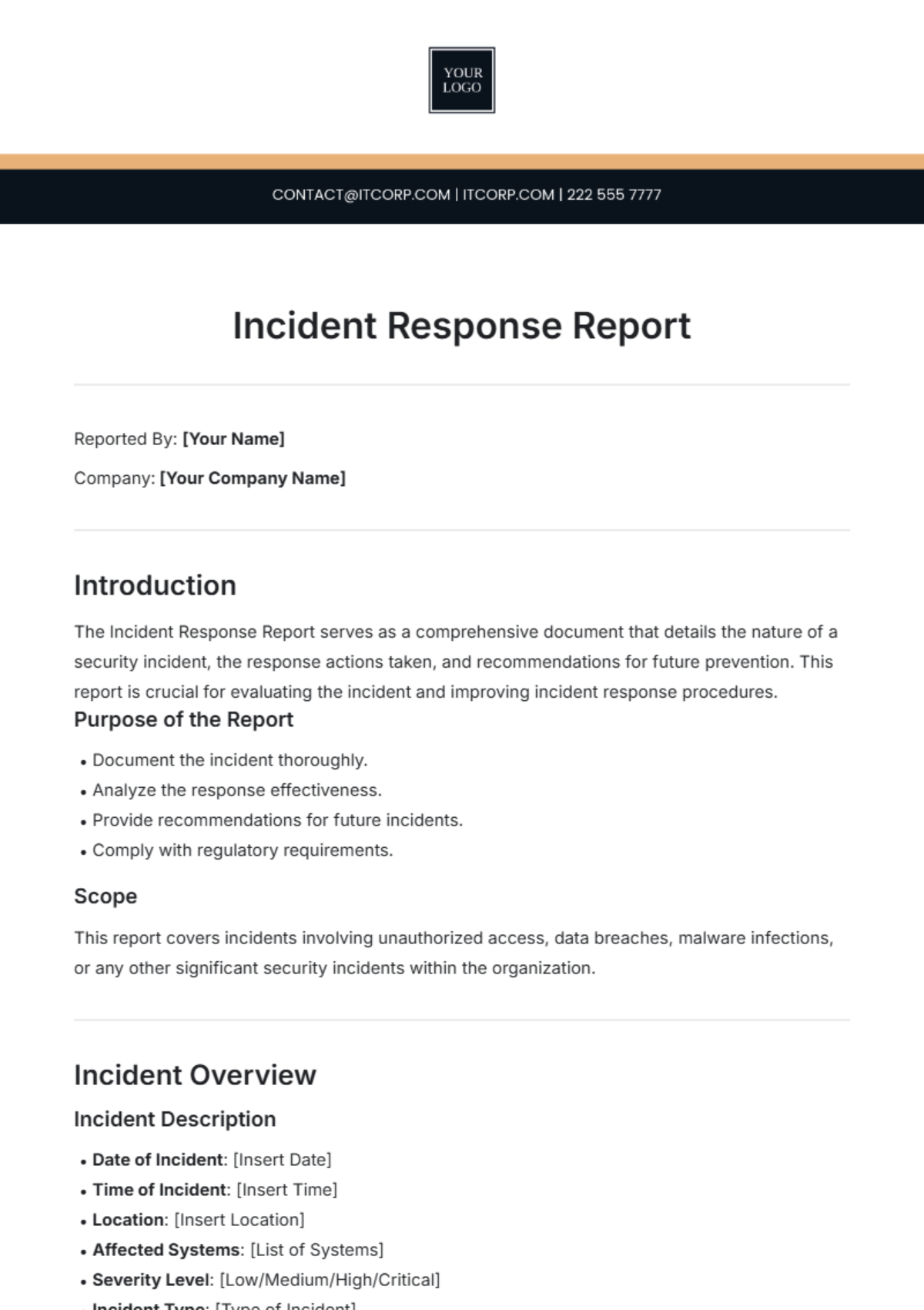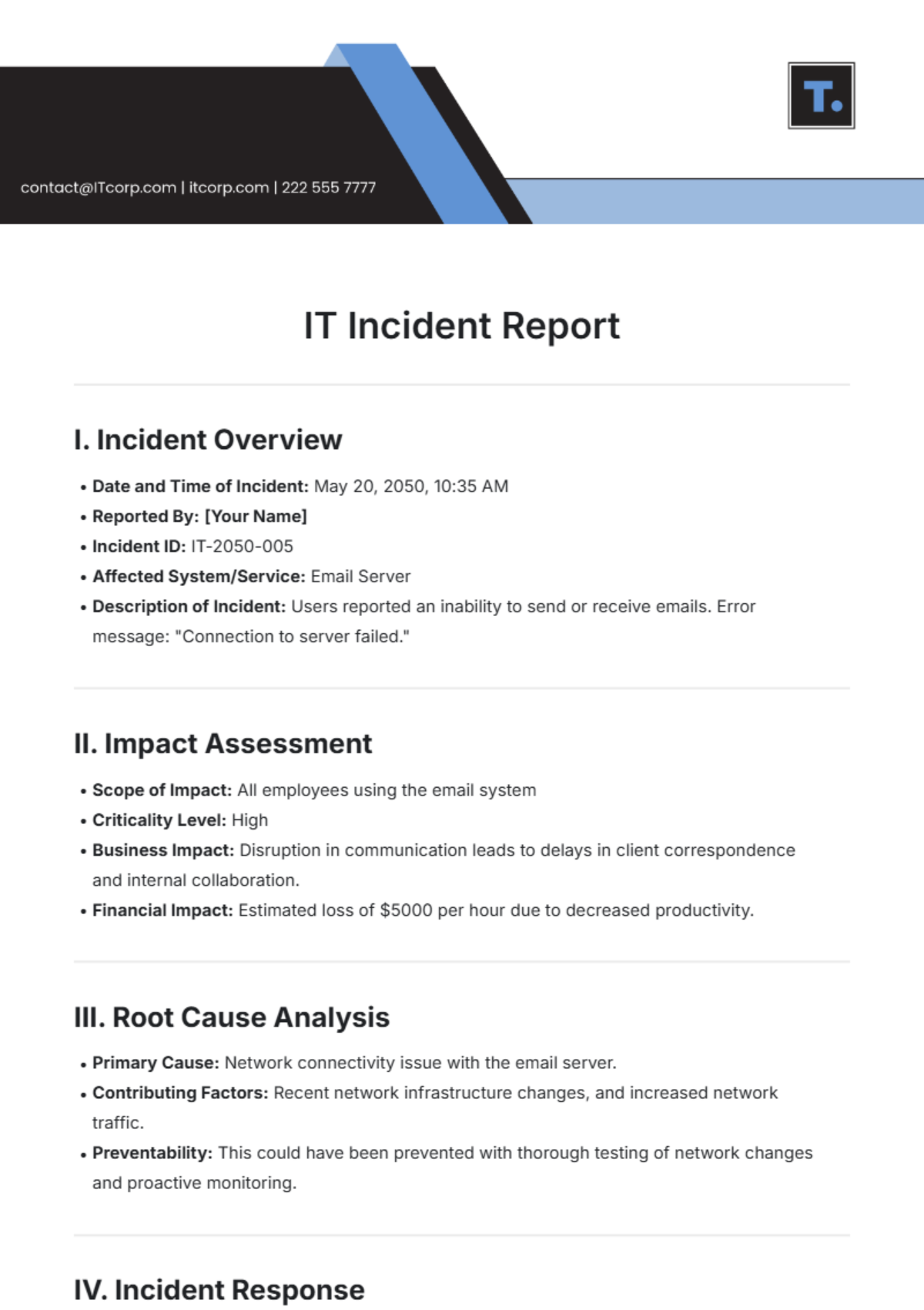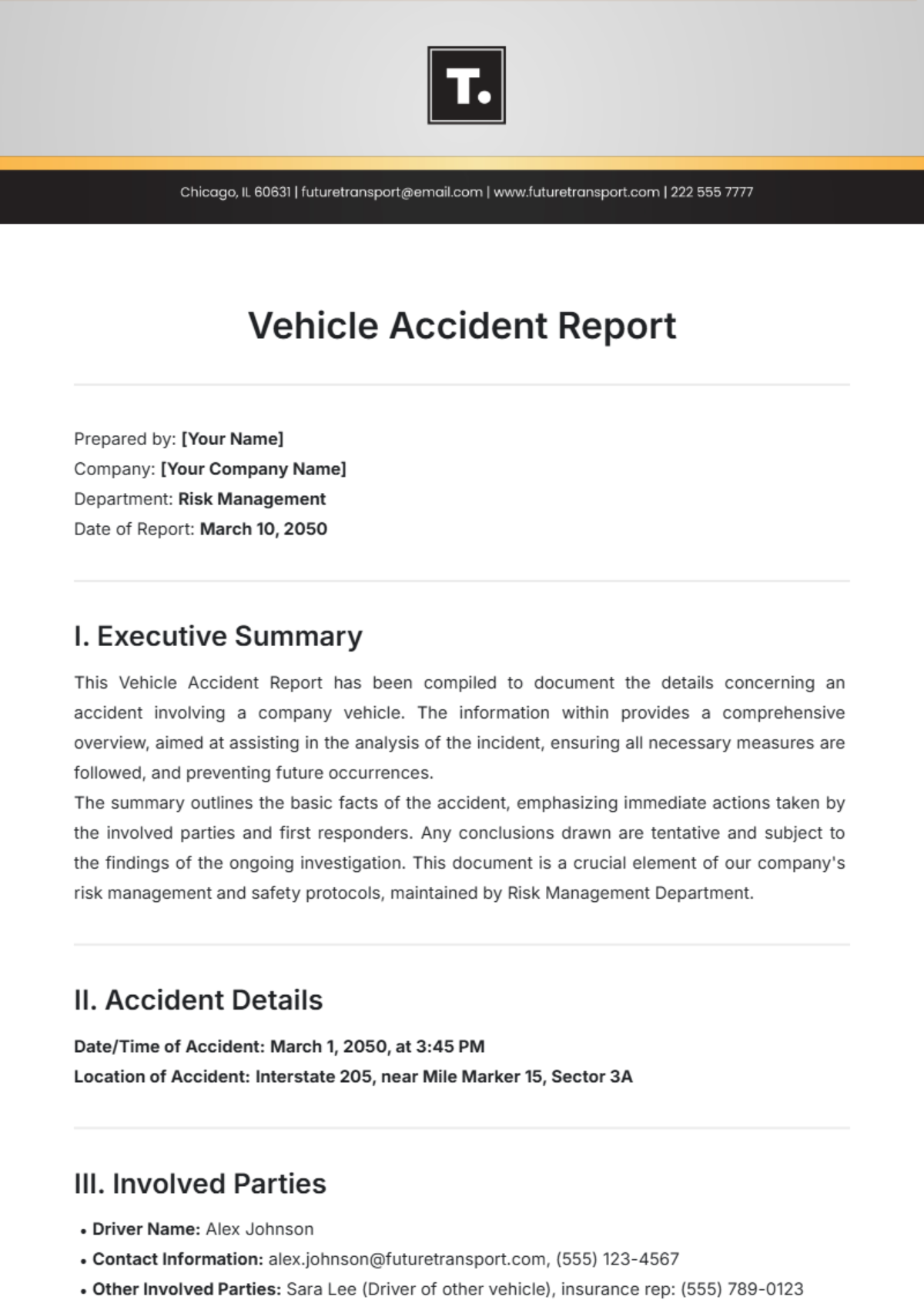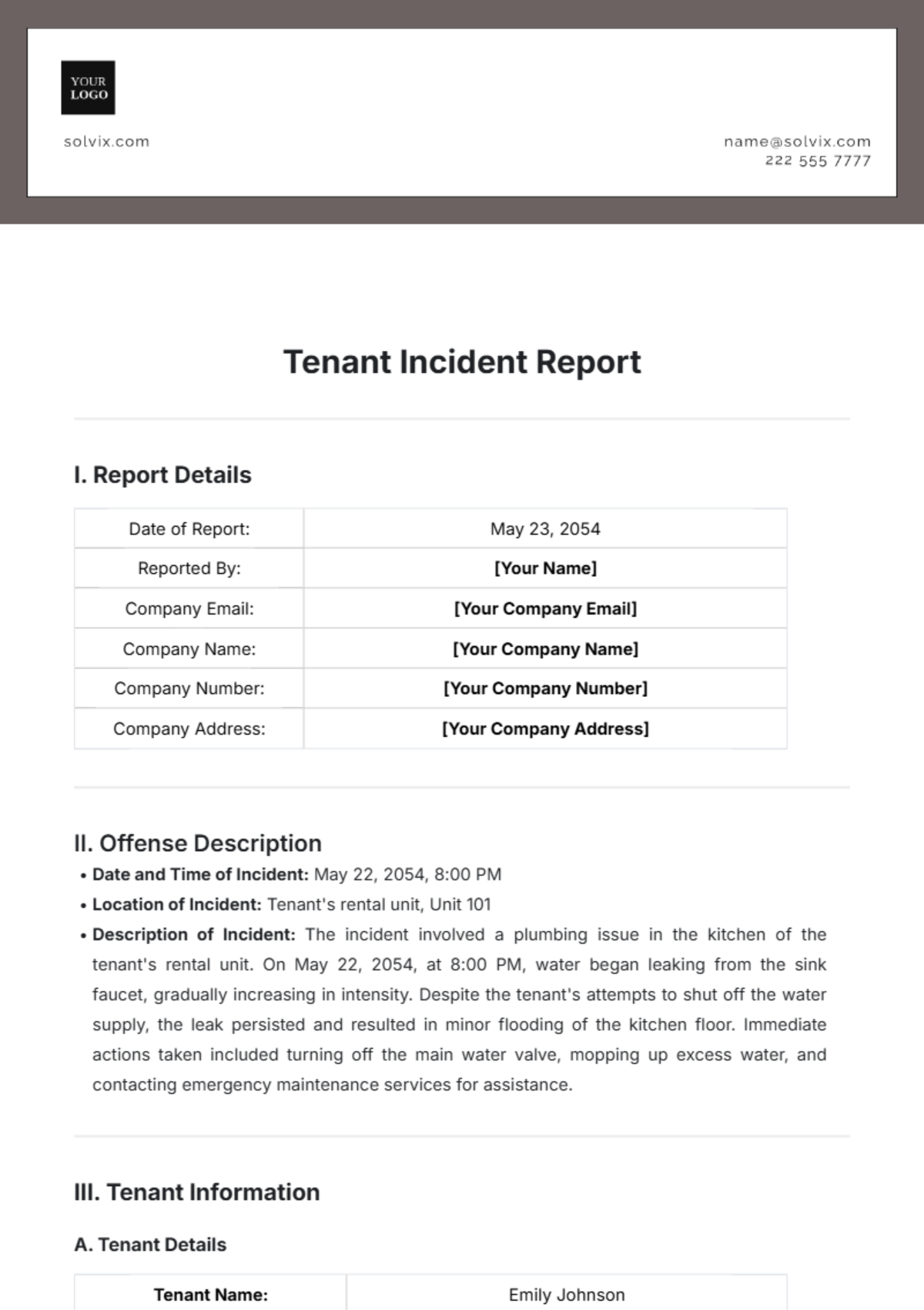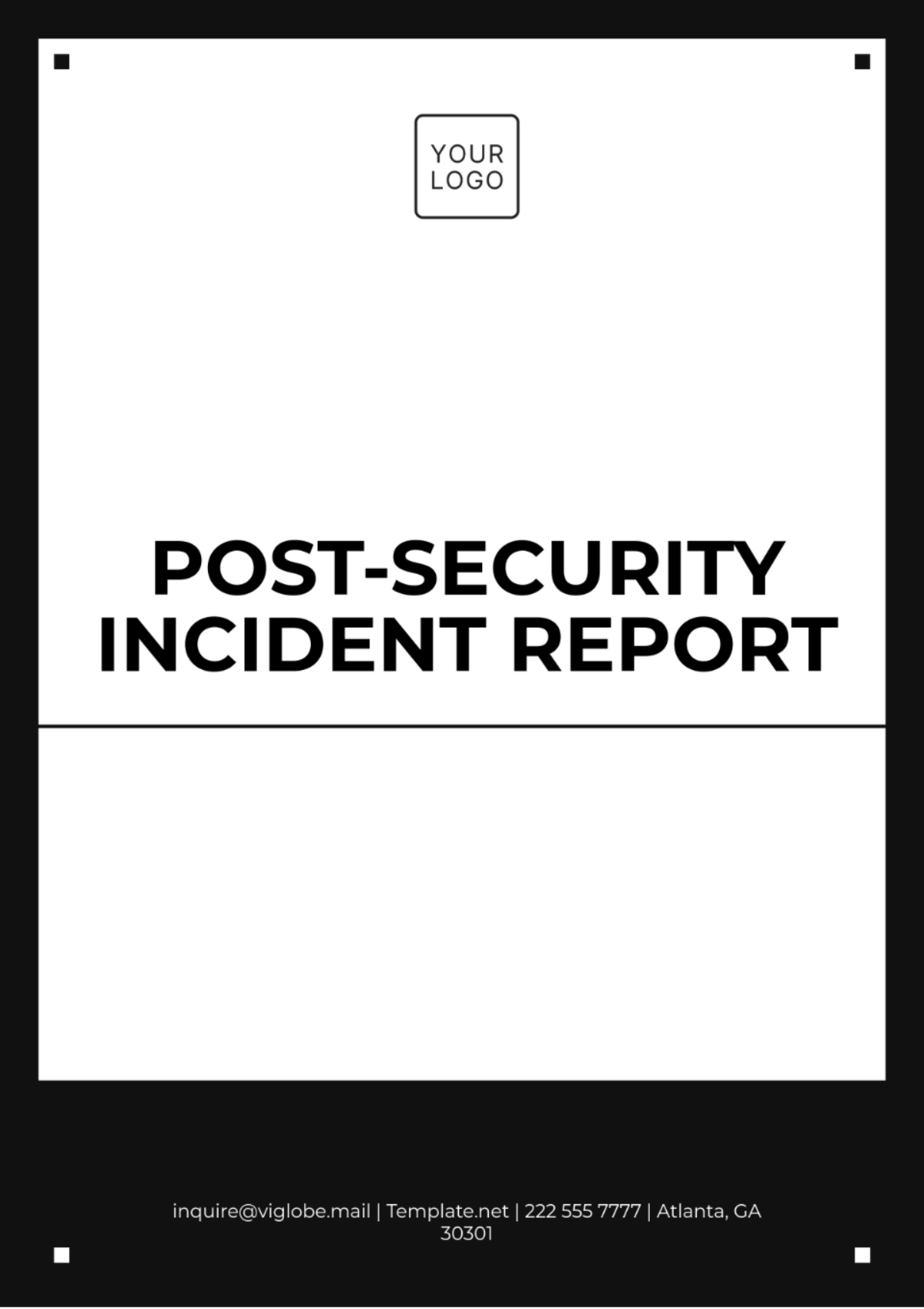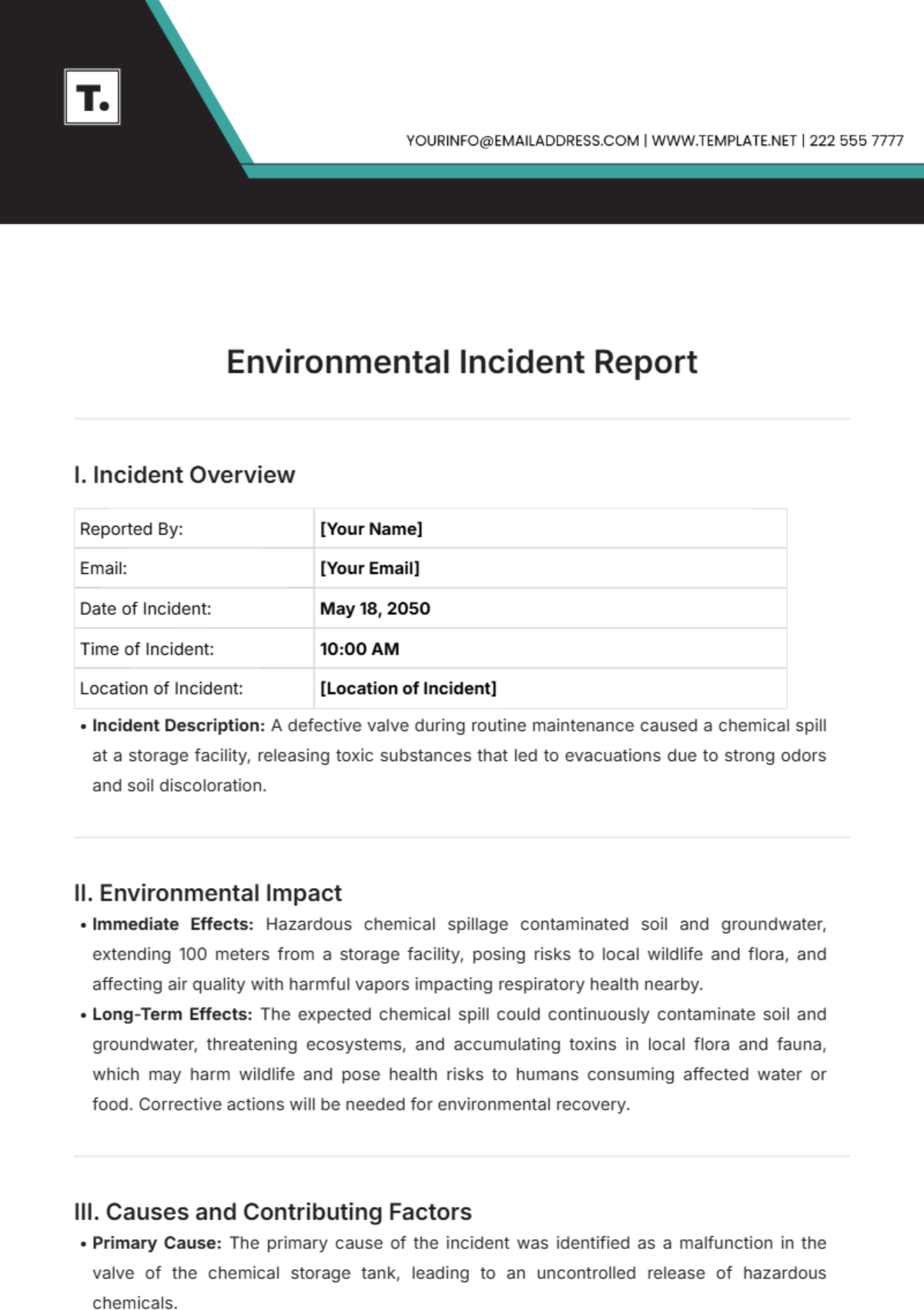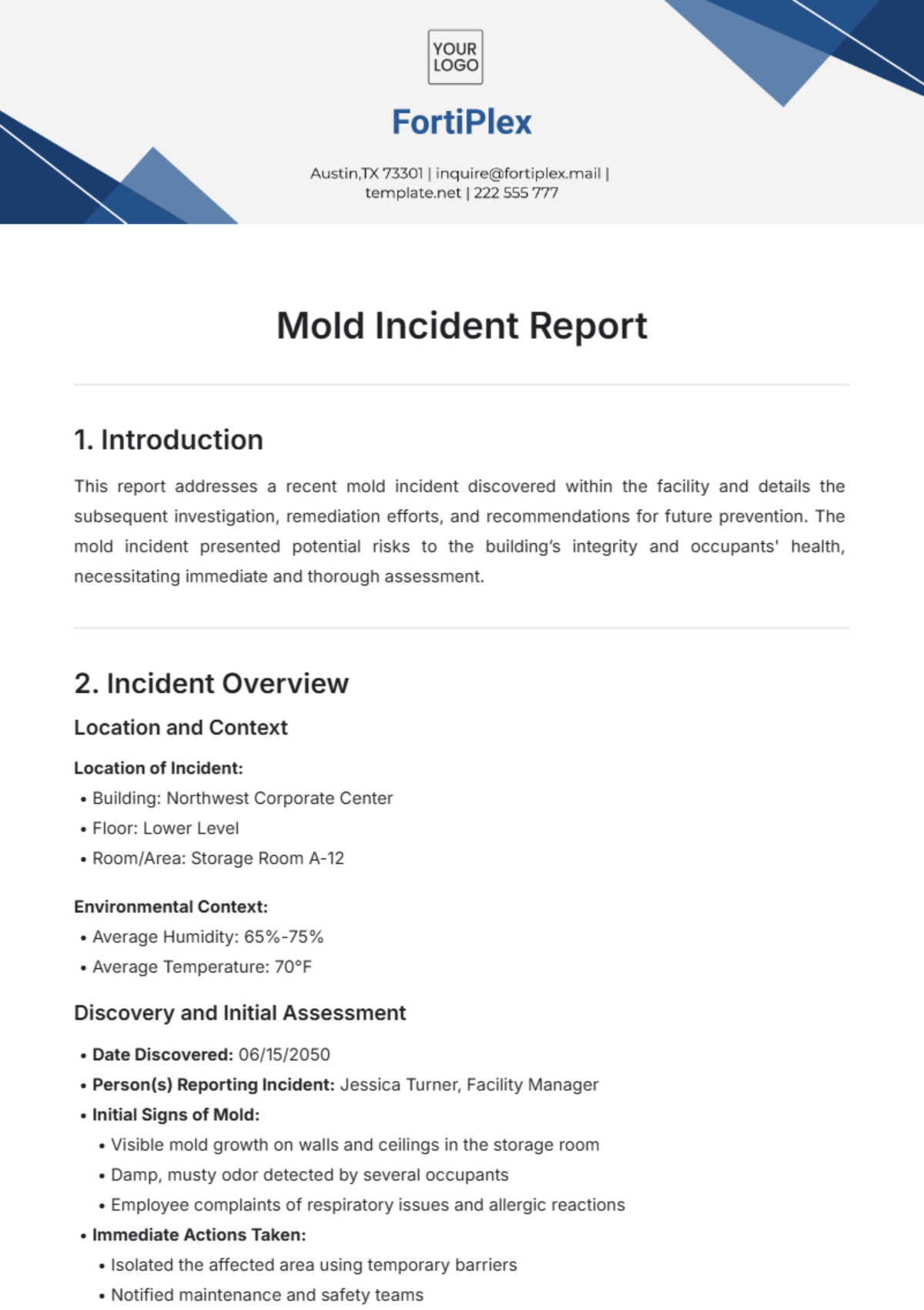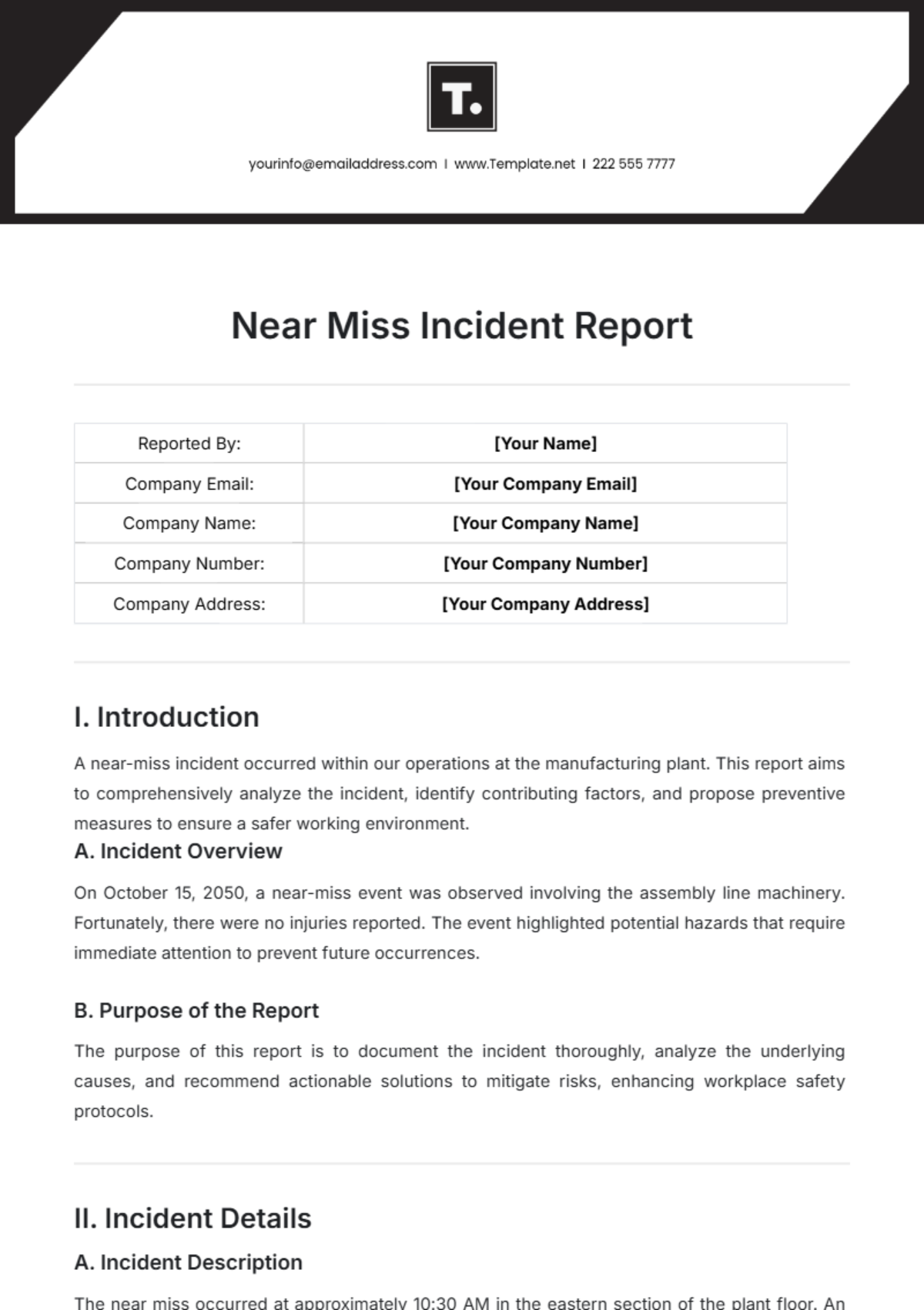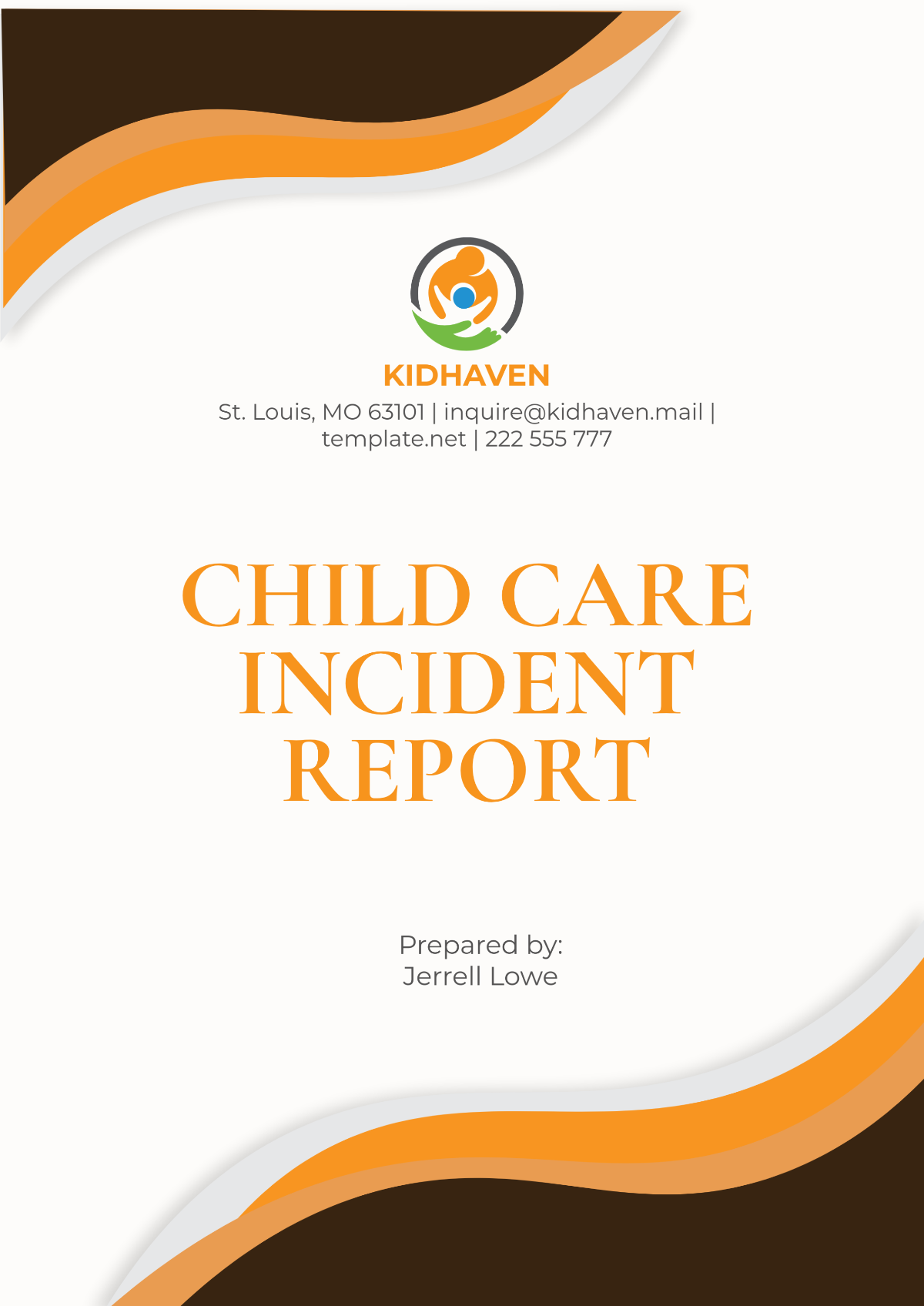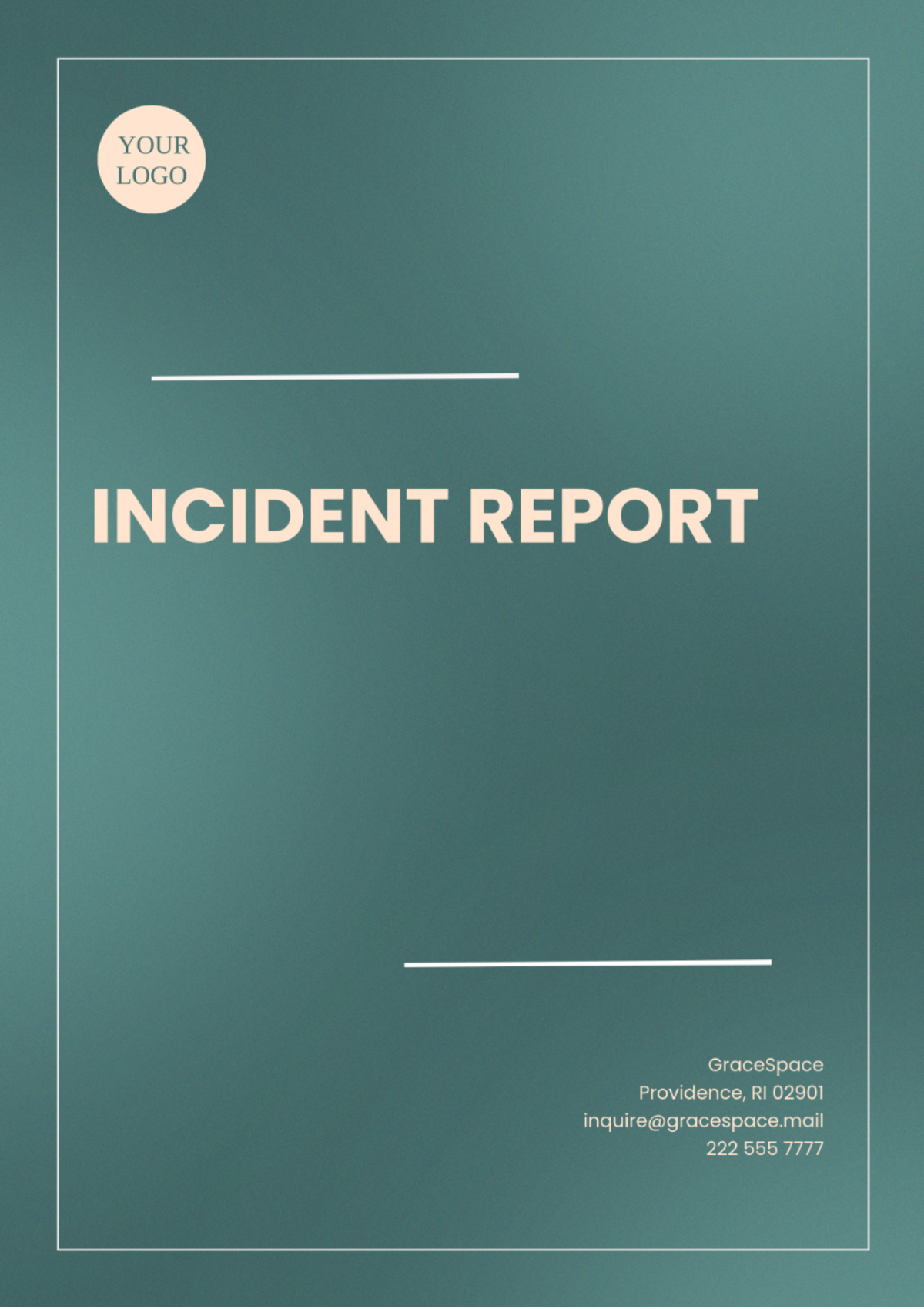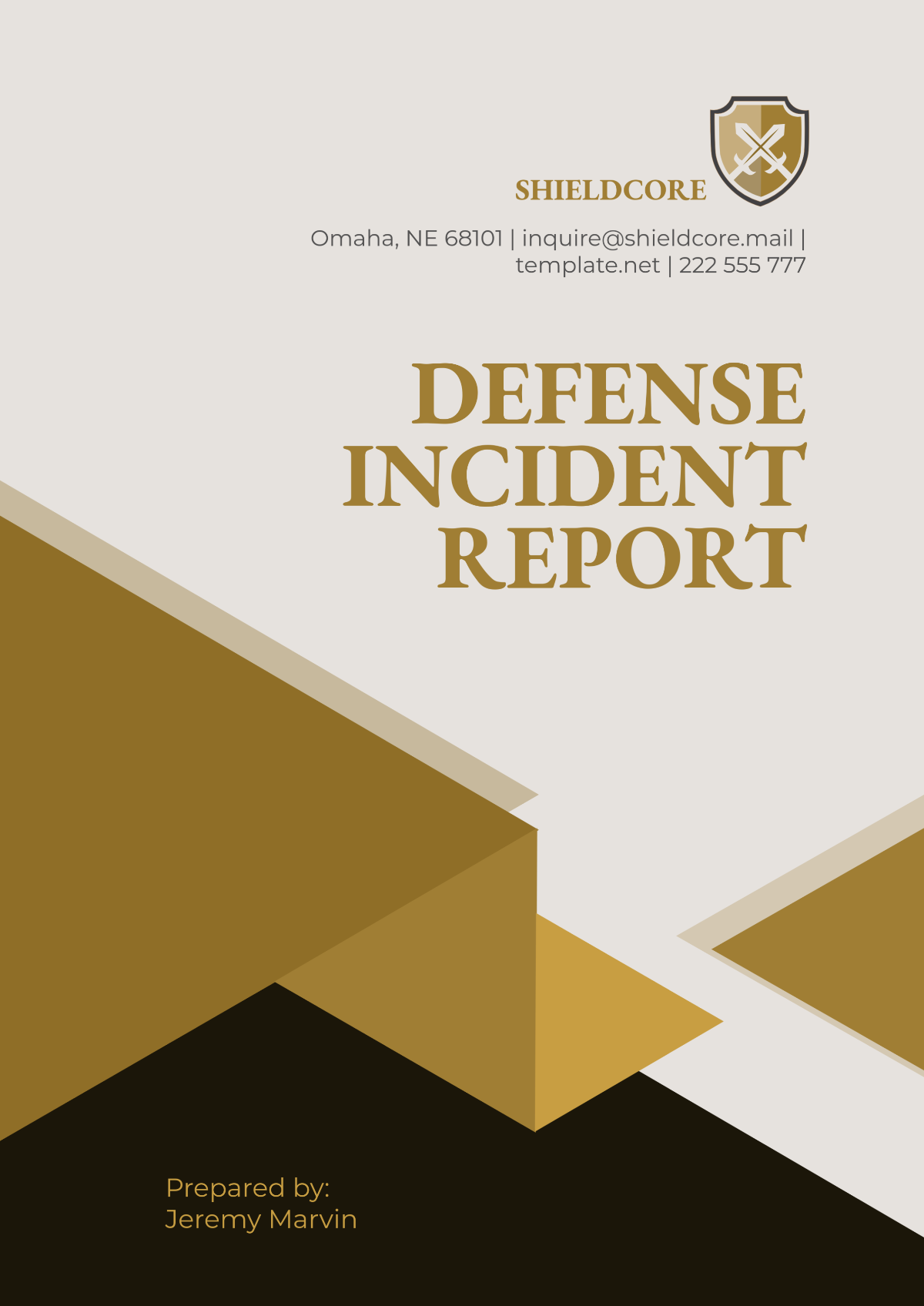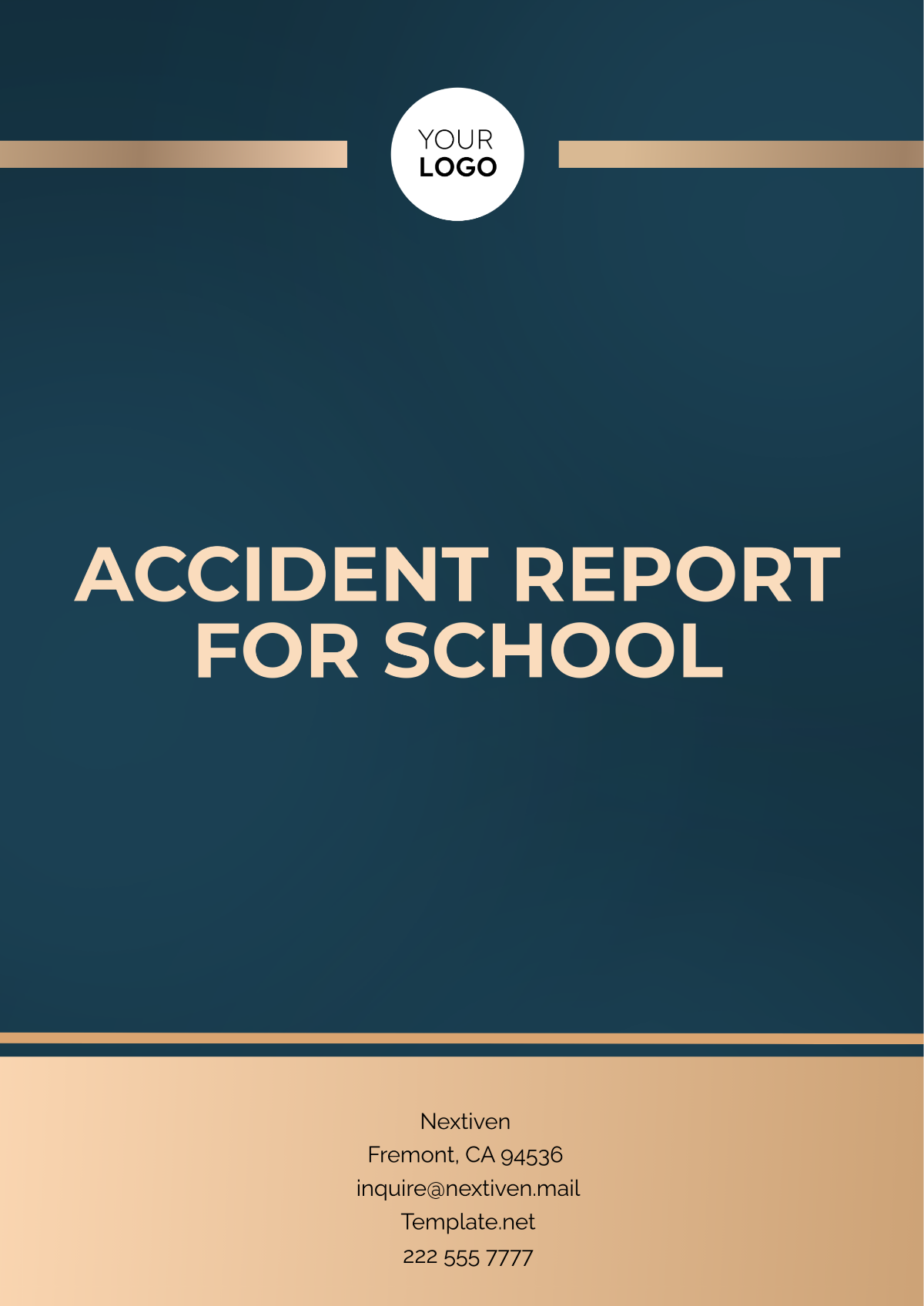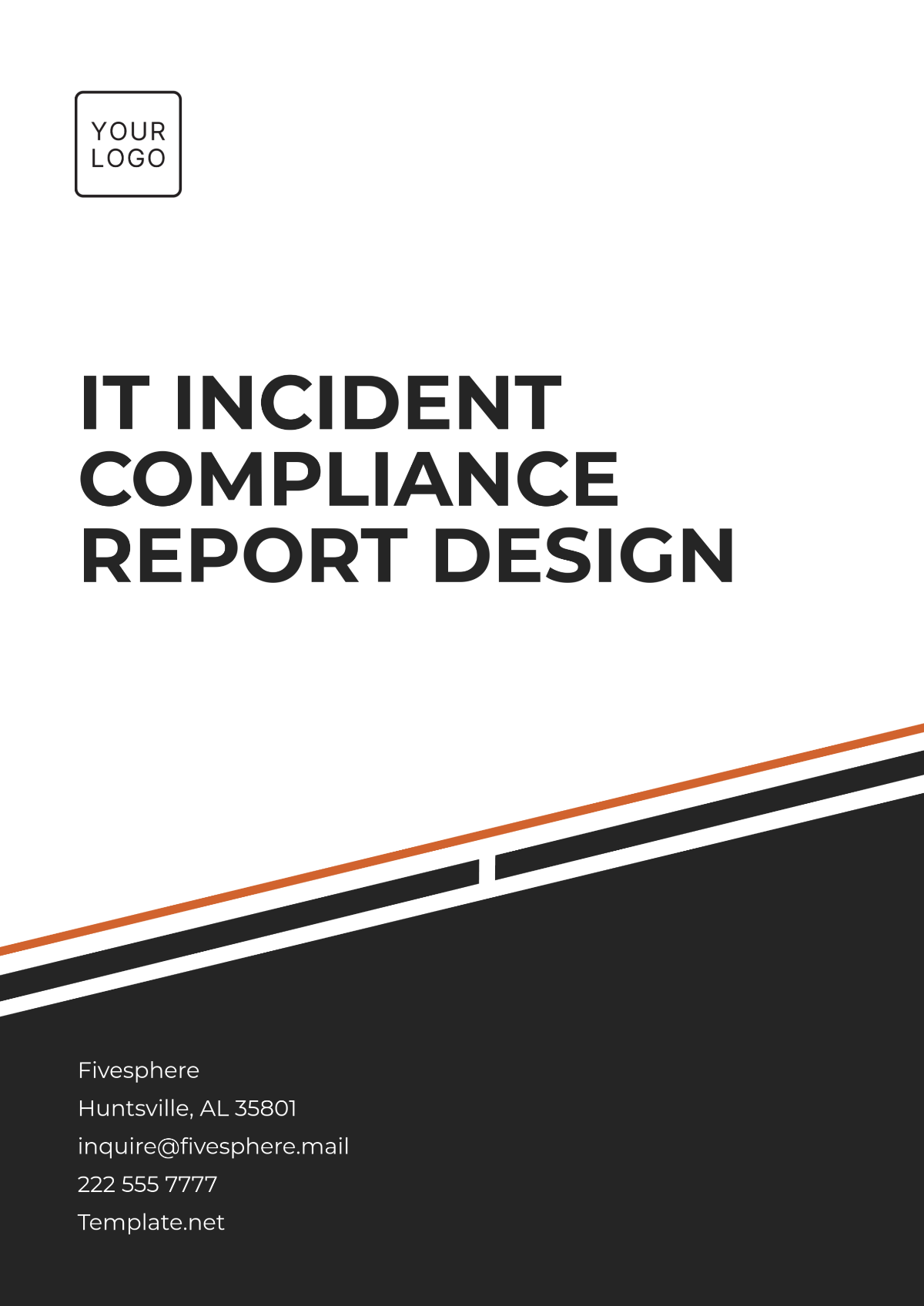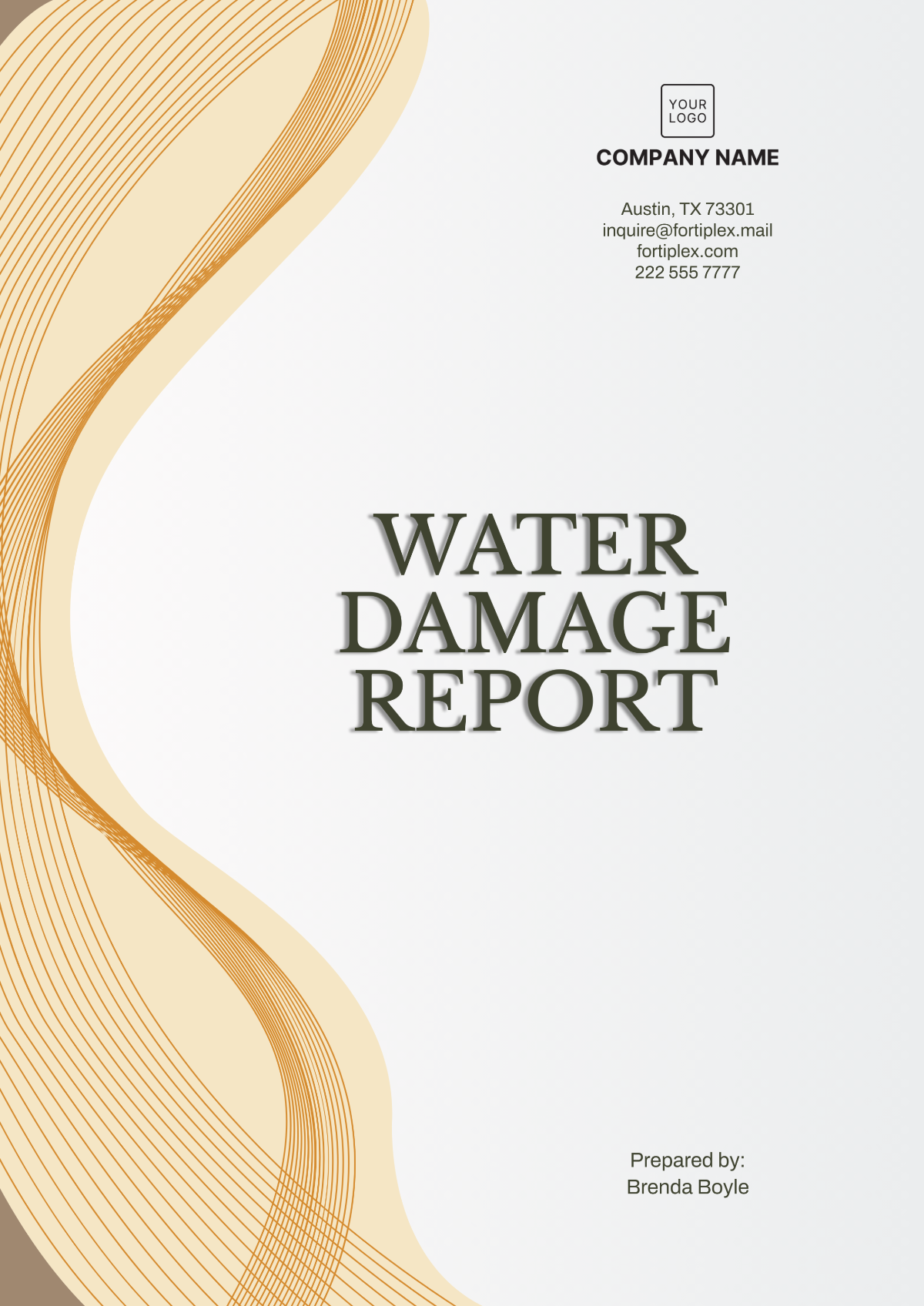Incident Report Compliance
I. Introduction
The purpose of this document is to establish guidelines and procedures for incident report compliance within [YOUR COMPANY NAME]. Ensuring compliance with incident reporting standards is crucial to maintaining a secure and efficient operational environment.
II. Scope
This policy applies to all employees, contractors, and third-party vendors who may encounter or manage incidents within [YOUR COMPANY NAME]. It covers the procedures for identifying, documenting, and reporting incidents.
III. Incident Identification
All employees must be vigilant in identifying potential incidents. An incident is defined as any event that could negatively impact the confidentiality, integrity, or availability of organizational resources.
Security breaches
Data leaks
Network intrusions
Malware infections
IV. Incident Documentation
Proper documentation of incidents is essential. The following table outlines the required fields for incident reports:
Field | Description |
|---|---|
Incident ID | Unique identifier for the incident |
Date and Time | When the incident was identified |
Reported By | Name of the individual reporting the incident |
Description | Detailed description of the incident |
Impact | Potential or actual impact of the incident |
Resolution | Actions taken to resolve the incident |
V. Incident Reporting
All incidents must be reported immediately to the designated Incident Response Team (IRT). The following channels can be used for reporting:
Email: [YOUR COMPANY EMAIL]
Phone: [YOUR COMPANY NUMBER]
Incident Reporting Portal: [YOUR COMPANY WEBSITE]
VI. Incident Response Procedures
The Incident Response Team (IRT) is responsible for investigating and managing incidents. The response procedure includes:
Initial Assessment: Determining the severity and impact of the incident.
Containment: Taking immediate steps to contain the incident and prevent further damage.
Eradication: Removing the cause of the incident.
Recovery: Restoring affected systems and services to normal operation.
Post-Incident Review: Analyzing the incident to improve future response and prevention.
VII. Training and Awareness
All employees must undergo regular training on incident identification and reporting procedures. [YOUR COMPANY NAME] will provide resources and conduct sessions to ensure awareness and understanding of compliance requirements.
VIII. Compliance Monitoring and Audits
[YOUR COMPANY NAME] will regularly monitor compliance with incident reporting procedures and conduct audits to ensure adherence. Non-compliance may result in disciplinary actions.
IX. References
Below are references used in developing this document:
National Institute of Standards and Technology (NIST) Special Publication 800-61
ISO/IEC 27035: Information Security Incident Management
General Data Protection Regulation (GDPR) Article 33
X. Appendices
Appendix A: Incident Report
Appendix B: Contact Information for Incident Response Team
